The thing about historical facts is that they tend to fade away as the centuries pass. Eventually, people start to speculate about what humans were like hundreds or even thousands of years ago. But these strange archaeological discoveries were so mind blowing that it changed everything we thought we knew about the humans from long ago.
Out-of-place artifacts are commonly found objects that seemingly make no historical sense in the location they were found in. These finds have baffled archaeologists for decades, but they just may be the things that give us a greater insight into our world and our past.
The Great Serpent Mound
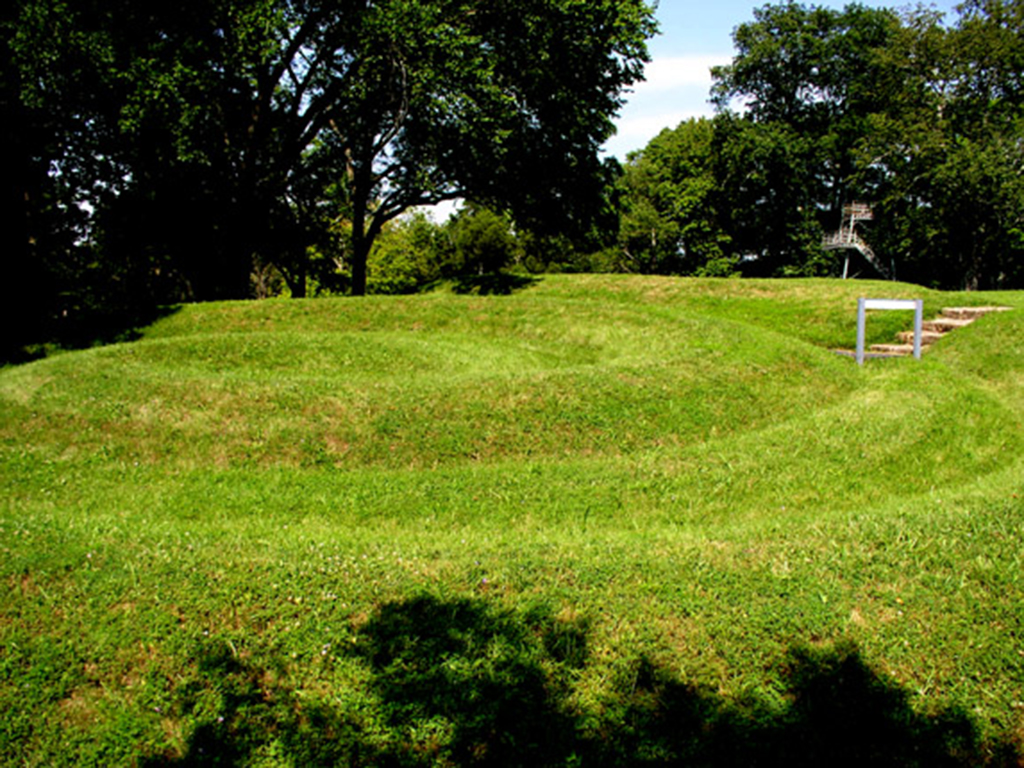
The Great Serpent Mound was created in 1000 AD more or less in Peebles, Ohio. This three-foot-high site earned its name because it looks like a giant snake slithering underneath the surface. And archaeologists believe that it may have once been used as a site for rituals that were sacred to the civilization that existed there during that time.
The Upton Chamber Cave
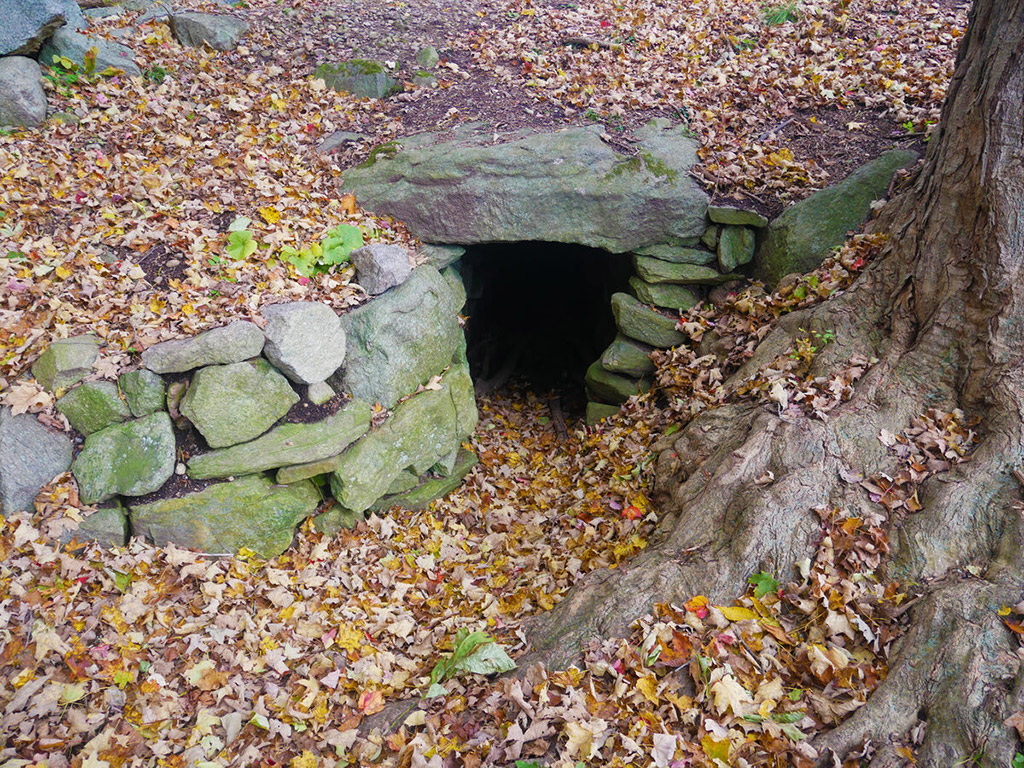
This cave is located in Massachusetts, and the mouth of the entrance was built into a hill. But what’s truly mysterious is that it contains a long passage that leads all the way to a domed chamber. But the interesting twist is that the chamber’s entrance aligns with the sun during the summer solstice.
Insight on Mayan Sacrifices
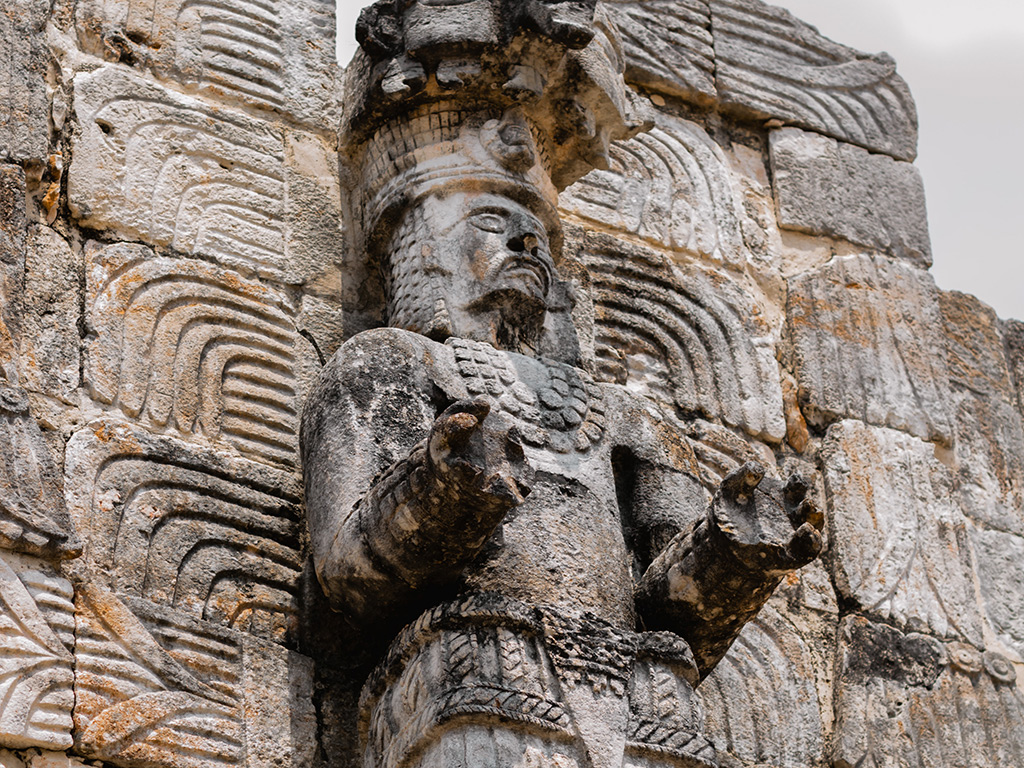
Historians were well aware that the Mayan people were quite brutal when it came to sacrificing people for ritualistic purposes. But in 2004, archaeologists found a sacrificial burial ground that was full of decapitated bodies that took the belief of the Mayan’s brutality to a whole new level.
Poverty Point
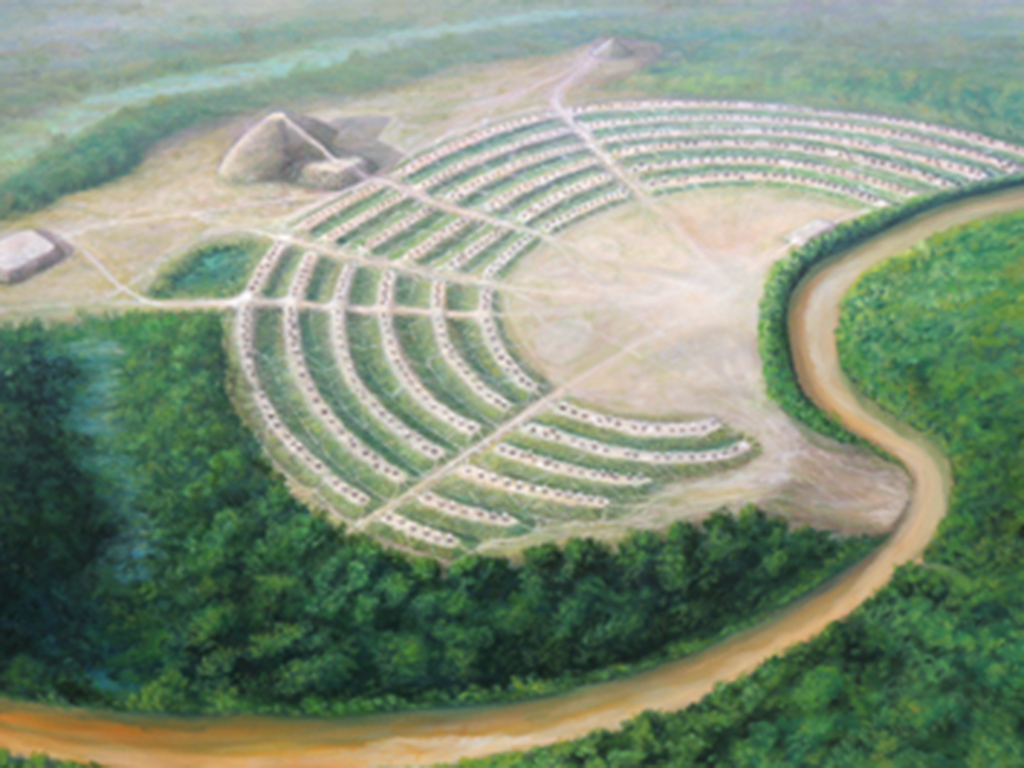
Poverty Point is a complex network of mounds found in what is currently Louisiana. Experts believe that they were created by an ancient society of hunter-gatherers for ceremonial purposes. But others aren’t sure what the exact purpose of this place was, and many theories are up for debate.
Ancient Chinese Seismoscope
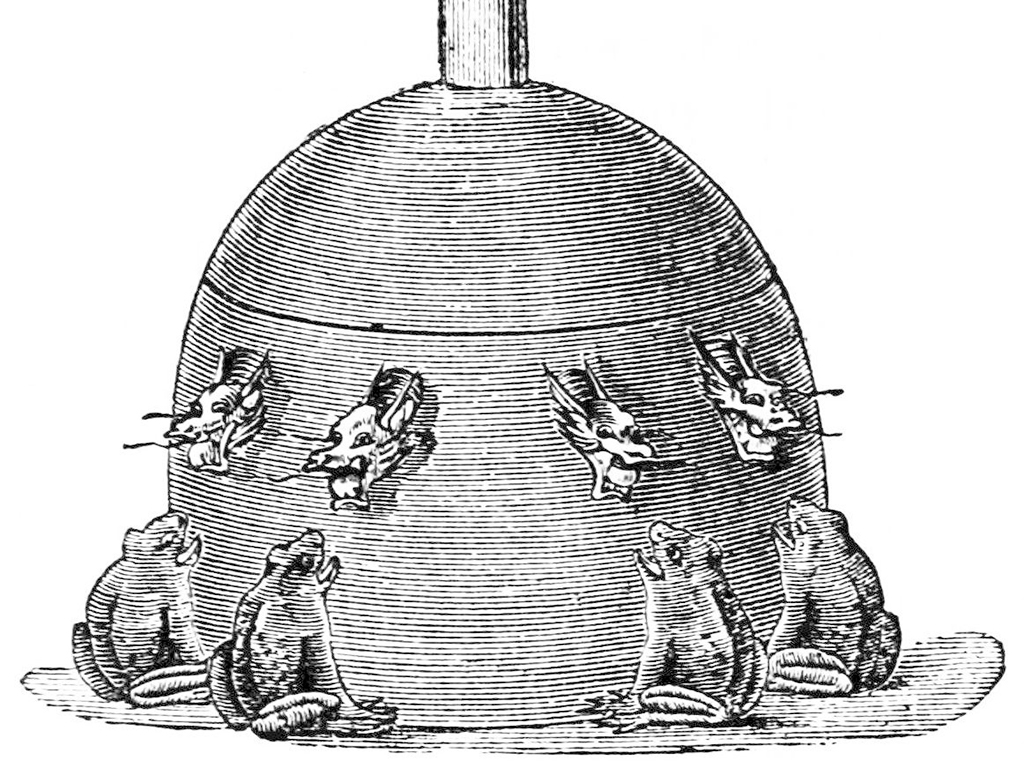
A Chinese astronomer named Zhang Heng came up with a tool called a seismoscope that had the power to detect an earthquake using bronze balls and gravity. And in 2005, Chinese historians replicated the invention and proved that it was a decently accurate earthquake detector.
America’s Stonehenge
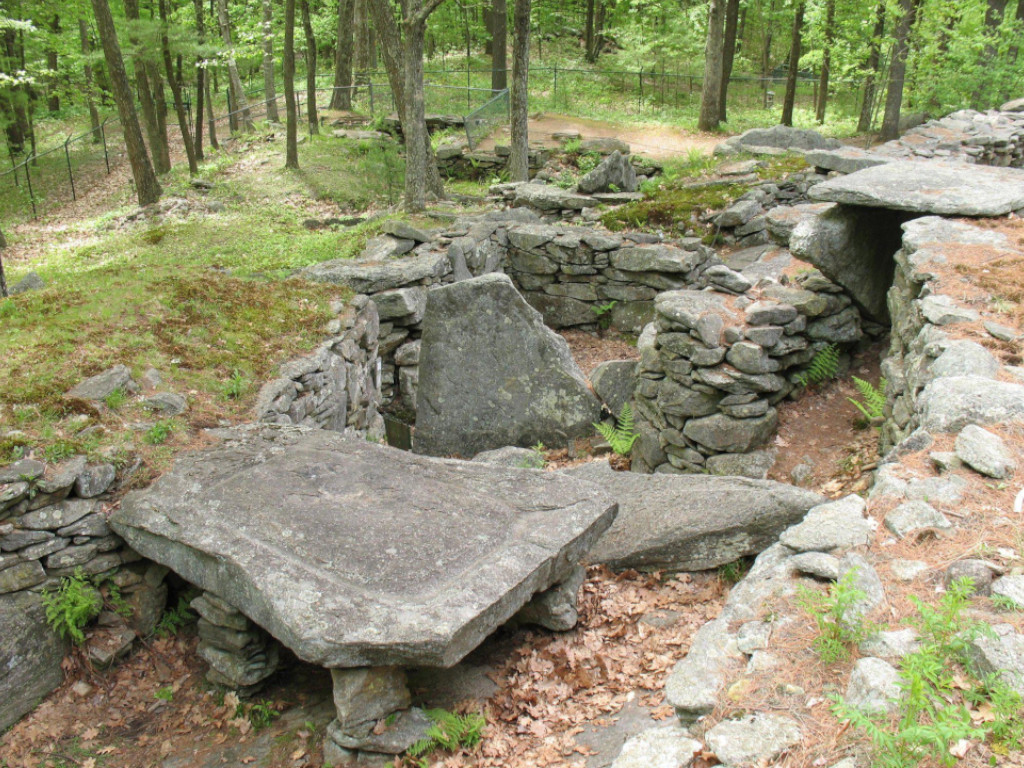
A series of walls, structures and chambers made out of stone were found in Salem, New Hampshire. Experts believe that these are all that remain of an ancient group of people who once lived in this region. The area has since been dubbed America’s Stonehenge.
Ancient Greek Steam Engine
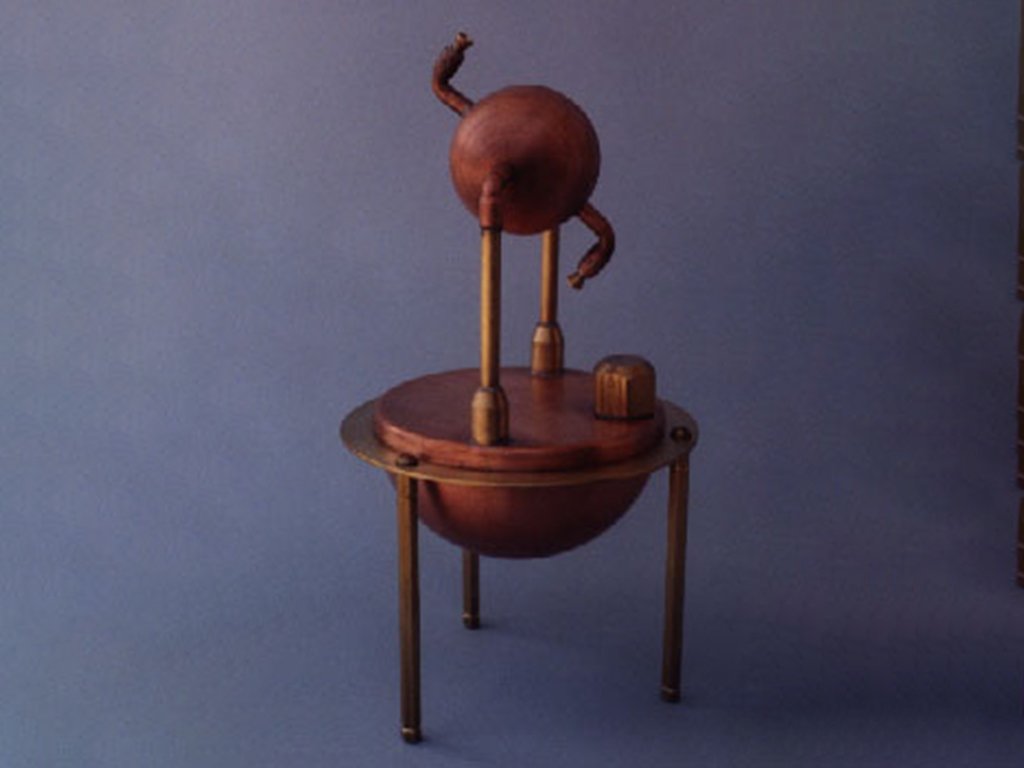
Evidence suggests that the Greeks were hundreds of years ahead of their time. A mathematician known as Hero Alexandria from ancient Greece built the first steam engine. It was called an Aeolipile, named after the Greek God of wind, Aeolus.
The Mysterious Mount Owen Claw
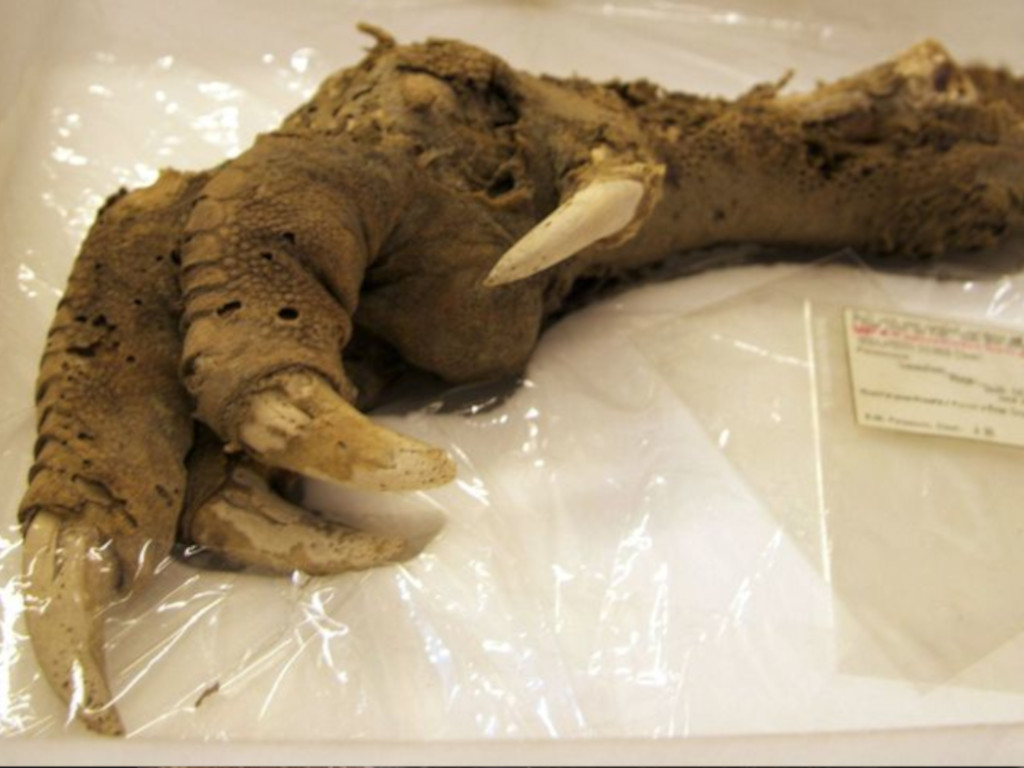
While digging around on Mount Owen in New Zealand, archaeologists discovered a massive claw which led them to believe that the remnant was from a dinosaur. But they eventually learned that the claw belonged to a Moa bird.
The Costa Rican Stone Spheres
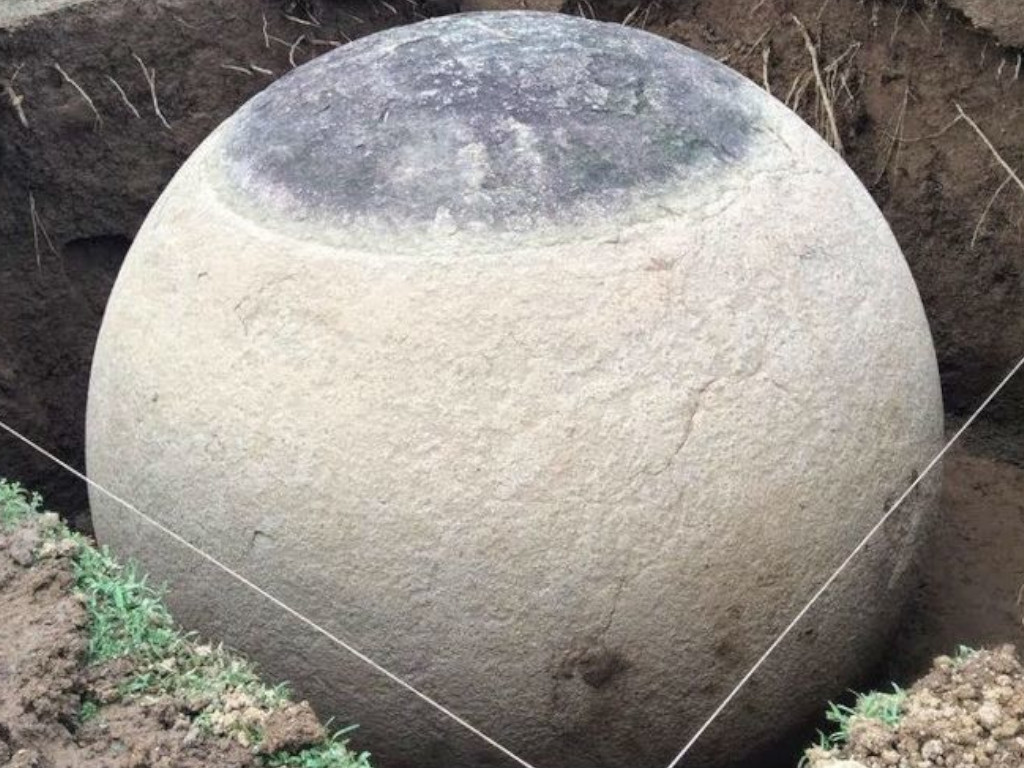
They’re known as stone spheres and they were located in the Central American country of Costa Rica. Archaeologists believe that they belonged to the Diquis civilization, but as far the knowledge of their purpose or how they were even created is concerned, it's still anybody’s guess.
Native American Petroglyphs
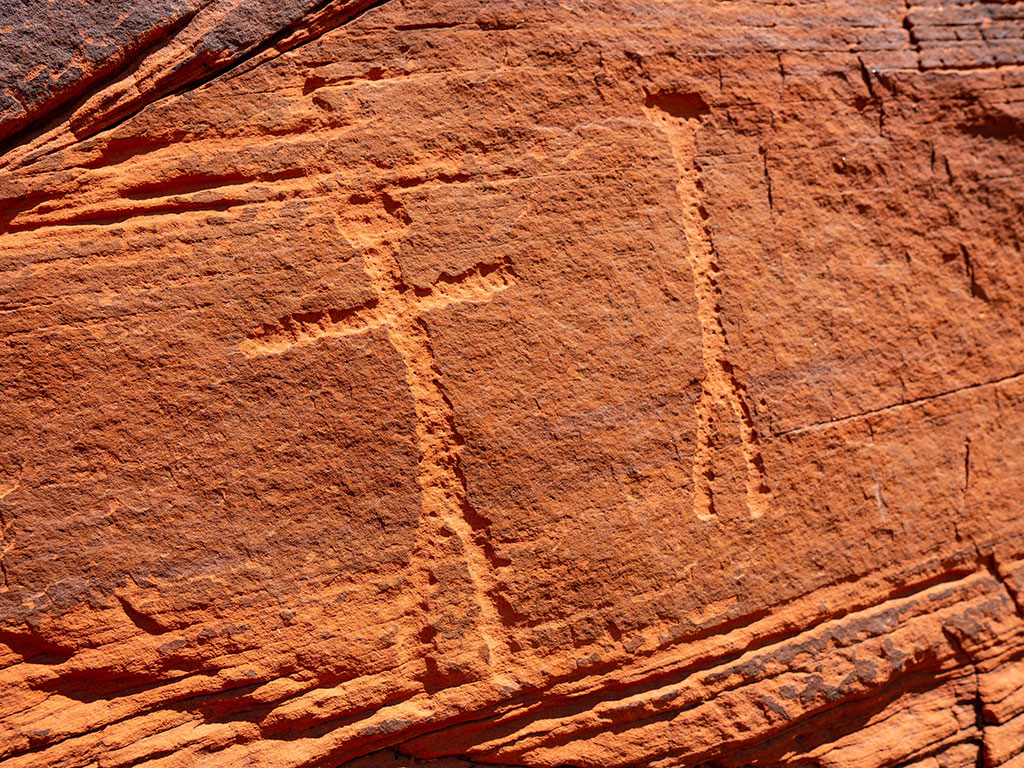
A cave in West Virginia was discovered in the 19th century and there was evidence of petroglyphs depicting images of animals like fish among other creatures. Experts now believe that the etchings were made by the Native American tribes that called this region home.
The Piri Reis Map
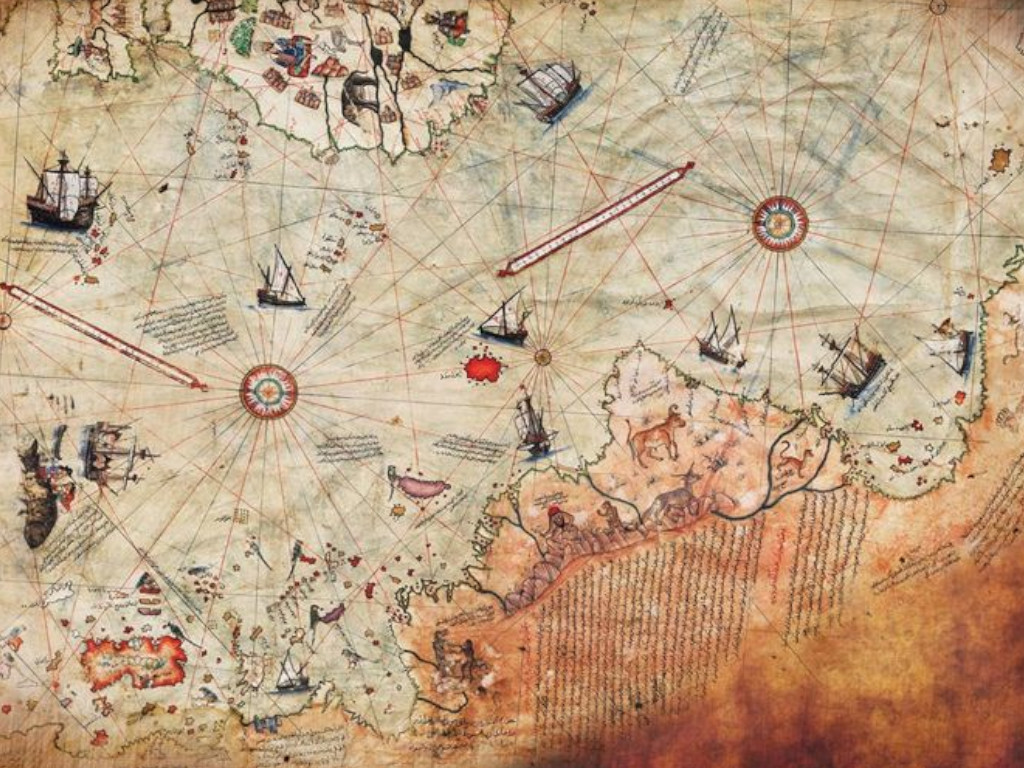
The Piri Reis map was created in 1513 by a cartographer named Piri Reis and it shows evidence of the Americas before they were discovered by Christopher Columbus. It’s also believed that Columbus may have used the map as a guide.
A Burial Ground Full of Skulls
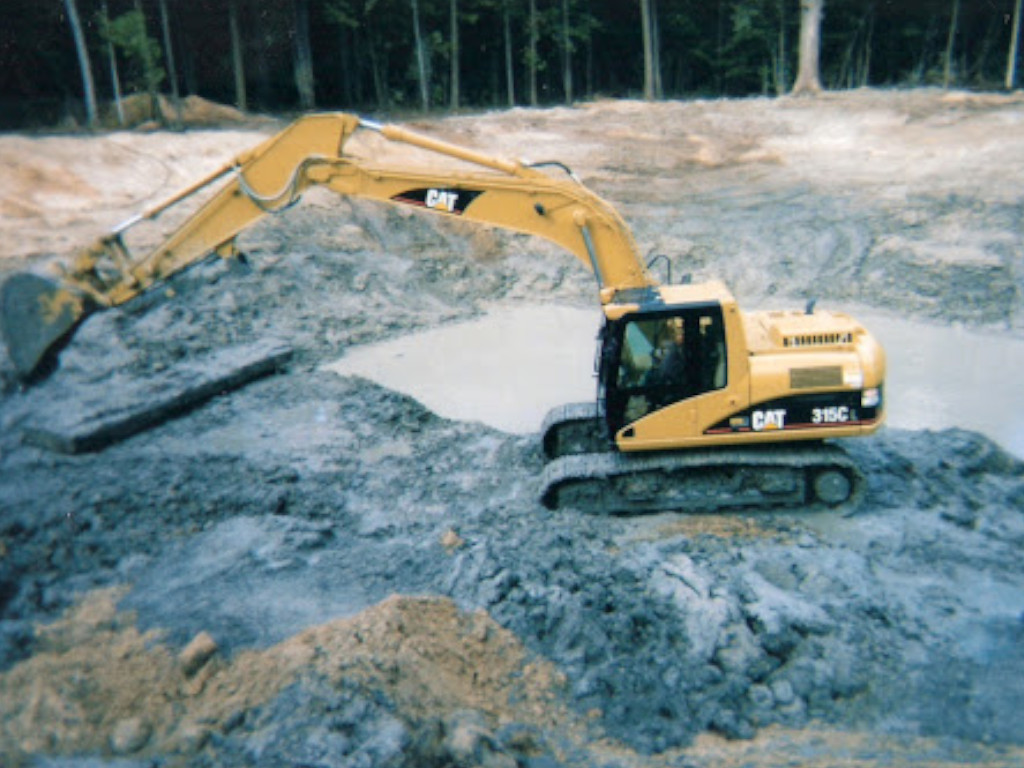
Archaeologists dug up a series of human skulls with metal pikes run through them under a dry lake bed in Sweden. But experts are divided on whether these remains were part of a ritual sacrifice or a mass execution, and so far, no amount of research done to date has been able to answer this question.
Dinosaur Eggs in Chechnya
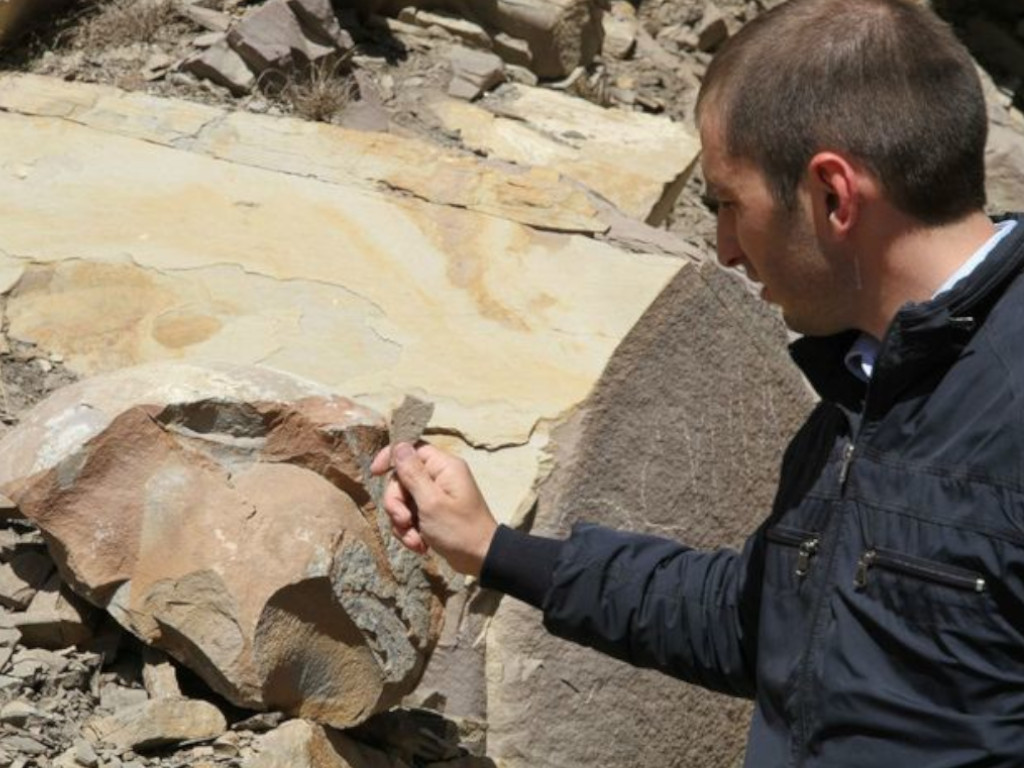
The Chechen State University said they discovered a series of dinosaur eggs in Chechnya in 2015. But a Moscow scientist claimed the discovery was bogus as dinosaurs laid small eggs and didn’t live in mountains. But if there is some truth to the university’s claims, then it would alter what experts currently believe to be true about dinosaurs.
The Naska Lines in the Desert
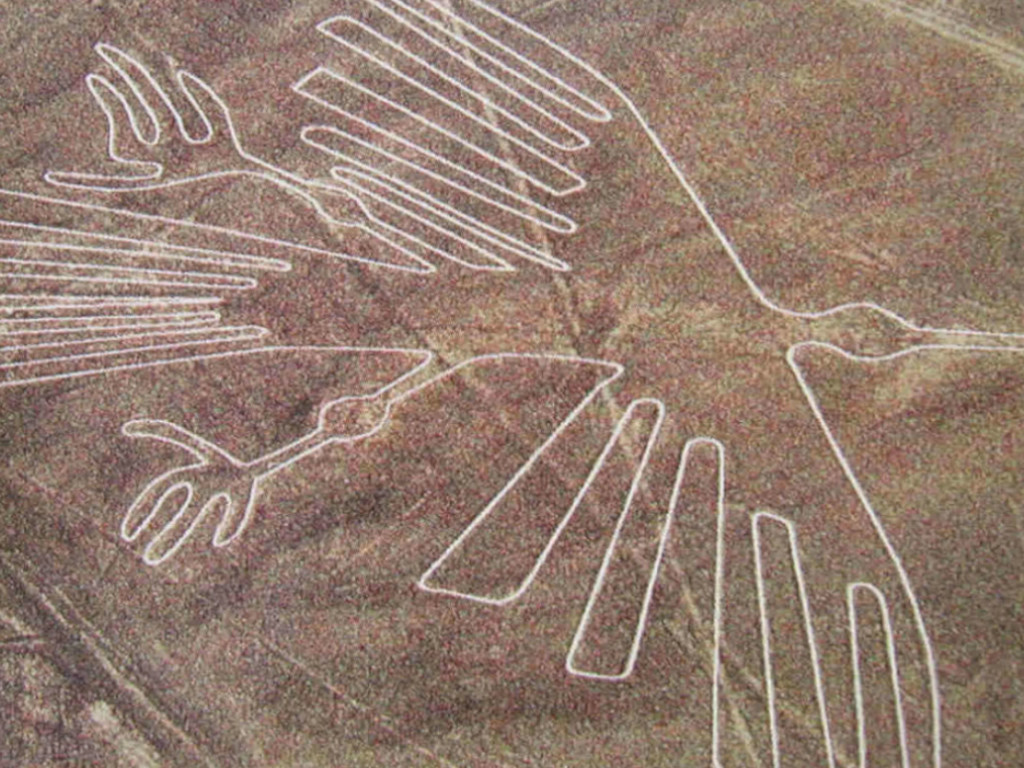
Deep in the Nazca Desert south of Lima, Peru, is a series of intricate designs that have been etched into the ground. Since the ancient Nazca people didn’t have the technology to create these geoglyphs, some people have theorized that aliens from elsewhere in the galaxy might have designed them.
The Mystery Stone
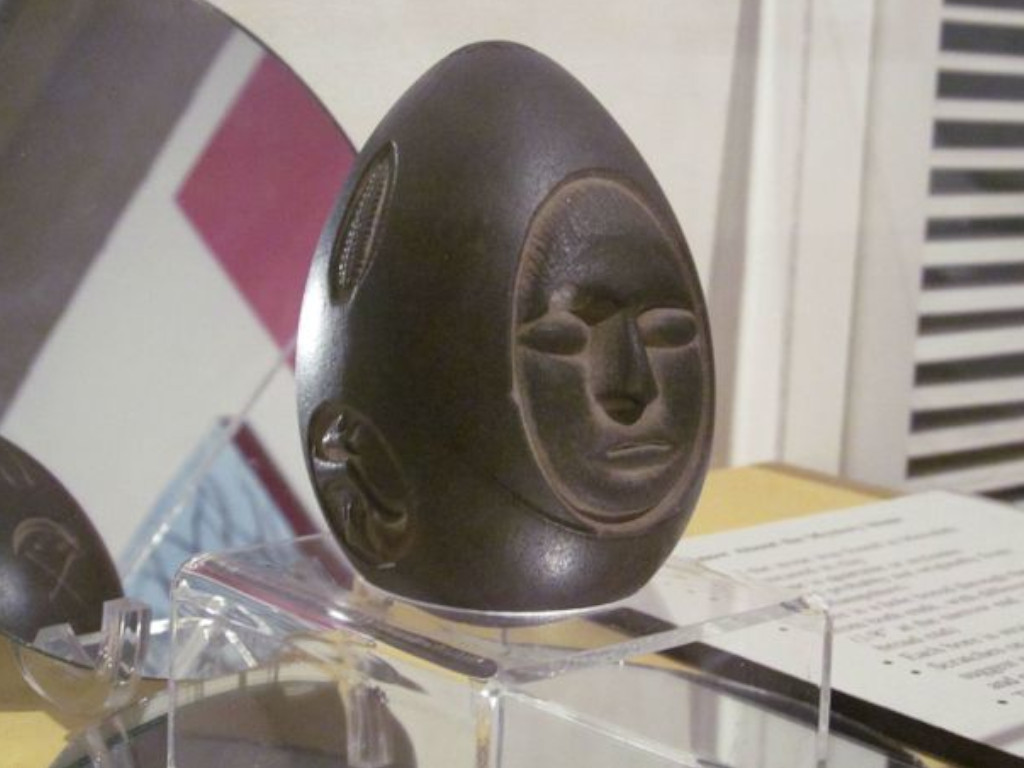
In 1872, fence pole diggers discovered this mystery stone in New Hampshire, but no one has any idea what it means or who made it. And yet, there’s a theory that the stone is a symbol of a treaty between Native American tribes, which would explain why it was found in an area of the state that was known to be home to some tribes.
Gobekli Tepe
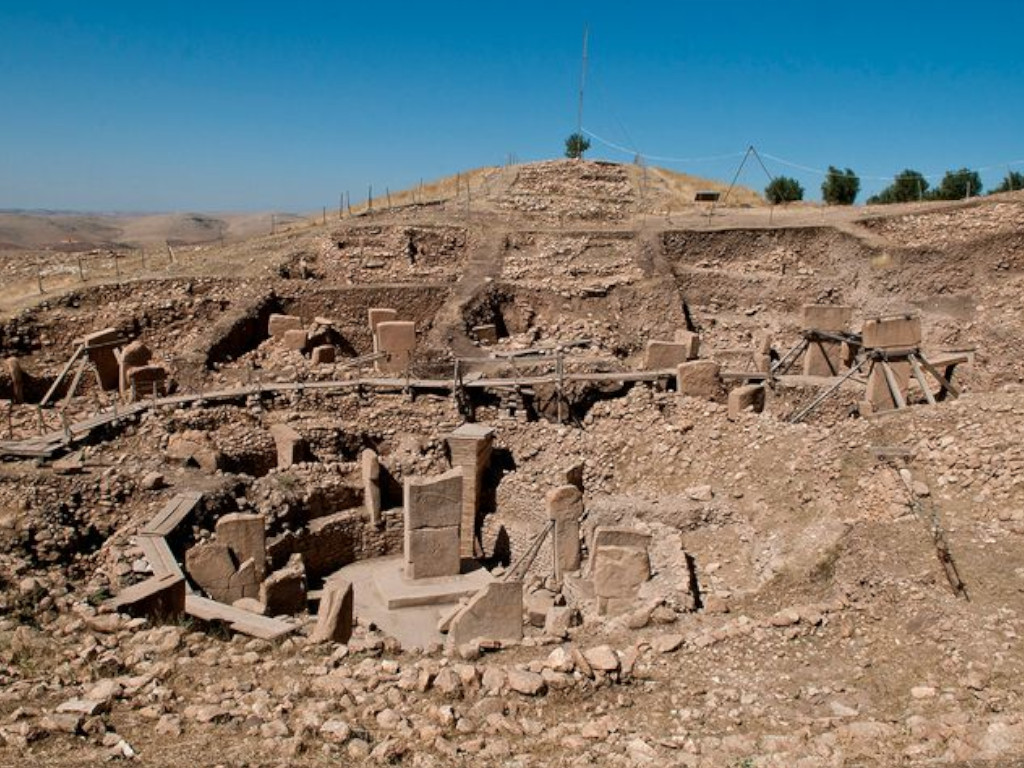
The monuments at Gobekli Tepe were constructed 9,000 years before the Great Pyramids. This predates any civilization having the ability to create this type of complex architectural marvel, which is why some people believe it was constructed by people from another world.
An Ancient Chinese Message
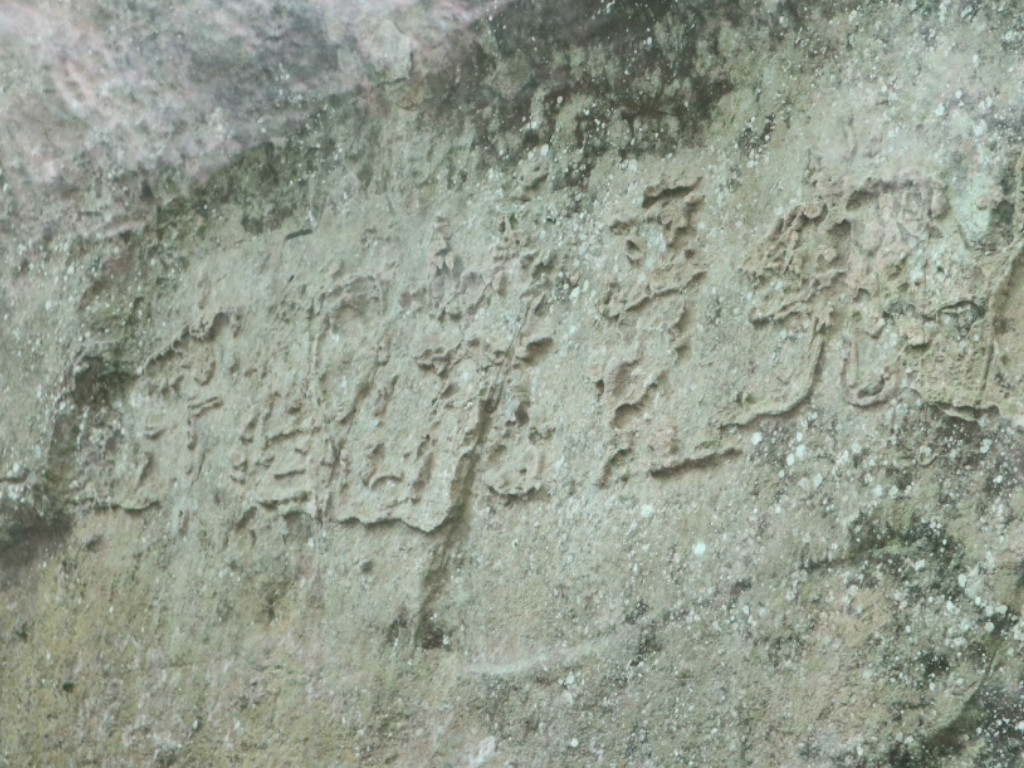
A series of stone markings that translate to “communist party of China perish” was discovered in Zhangbu, China. But according to archaeologists, they were etched in approximately 270 million years ago and they were not carved by humans.
The Voynich Manuscript
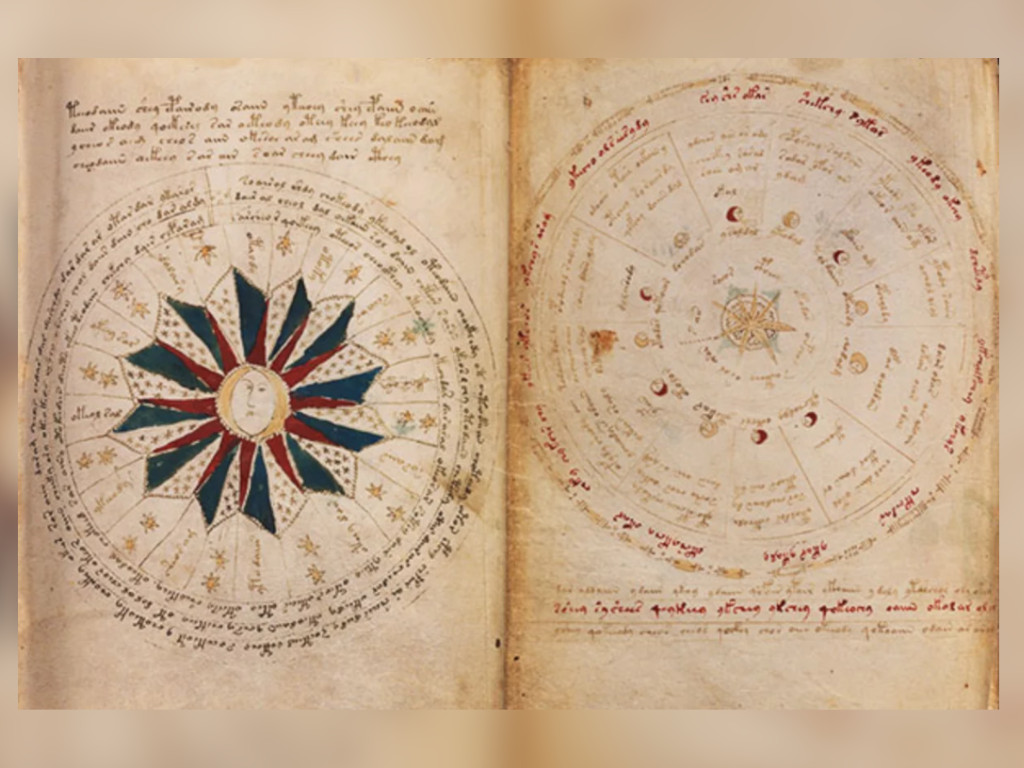
The Voynich Manuscript was discovered by historians, but they have not yet been unable to identify the language it was written in. And while some experts believe the language is fake, the manuscript contains illustrations and diagrams that are simply too detailed and intricate to be made up, at least by any person of average intelligence.
The London Hammer
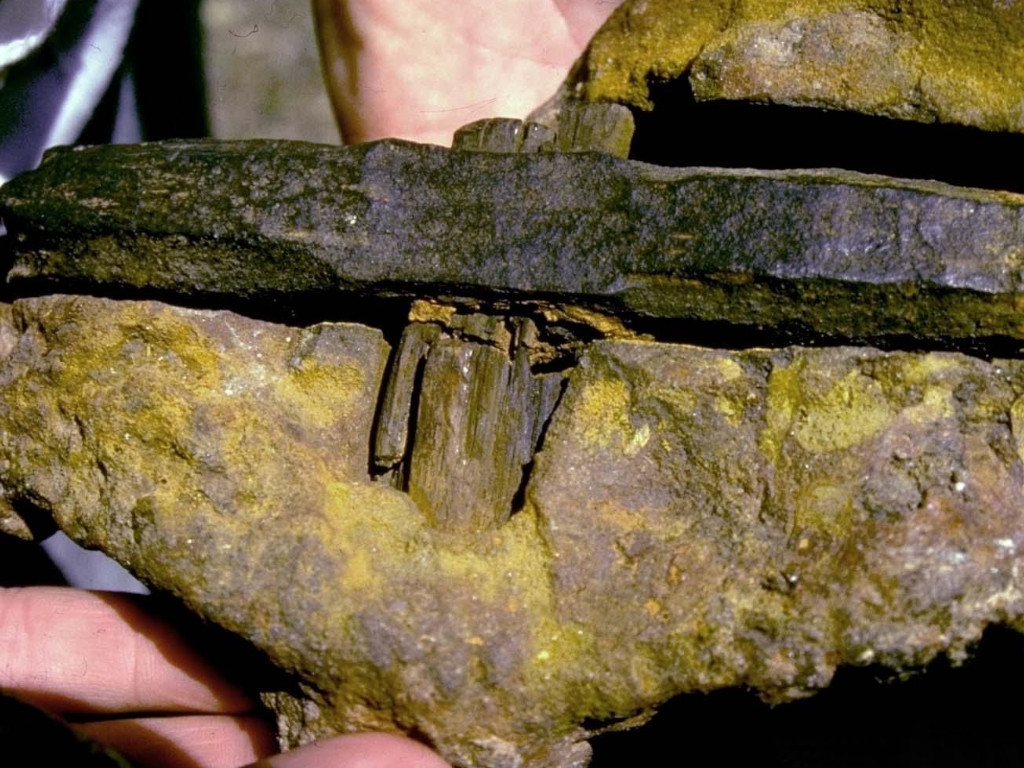
The London Hammer was unearthed in London, Texas, way back in 1936. While that may not sound so extraordinary, the limestone surrounding the hammer is due to its age of approximately 400 million years. This suggests that humans were using tools a lot earlier than archaeologists assumed.
Roman Child Burial Site

While excavating underneath an ancient Roman bathhouse, archaeologists found a disturbing number of baby skeletons hidden there. It’s unclear why these skeletons were there in the first place, but the find may indicate a new side of the Roman empire that historians were unaware of.
The Remains of a Vampire

Most scientists would laugh at the notion of vampire remains, but while investigating a plague burial ground on the outskirts of Venice, Italy, archaeologists found a skull of what they believed to be a vampire. The mouth was kept open by a piece of stone, probably to keep the vampire skull from biting someone.
The Baghdad Battery
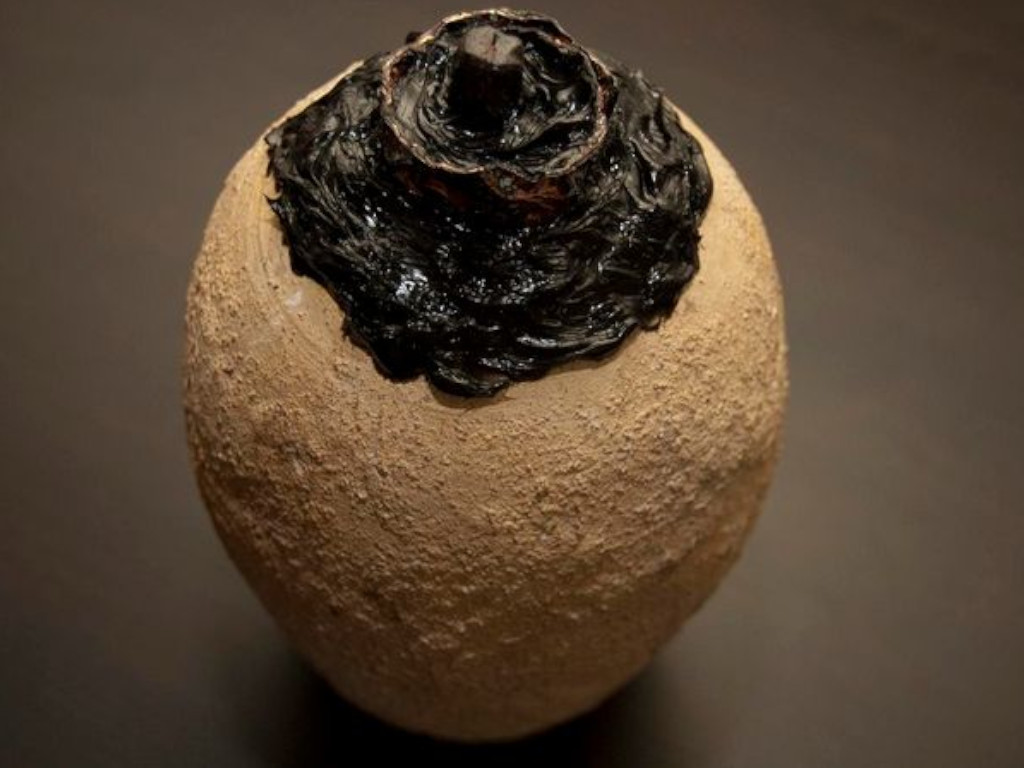
The Baghdad Battery was found in Iraq and it is believed to date back to the time when the Persian Empire reigned supreme. But what’s interesting about this item is that experts believe it to be the first battery ever made by humans.
The Fuente Magna Bowl
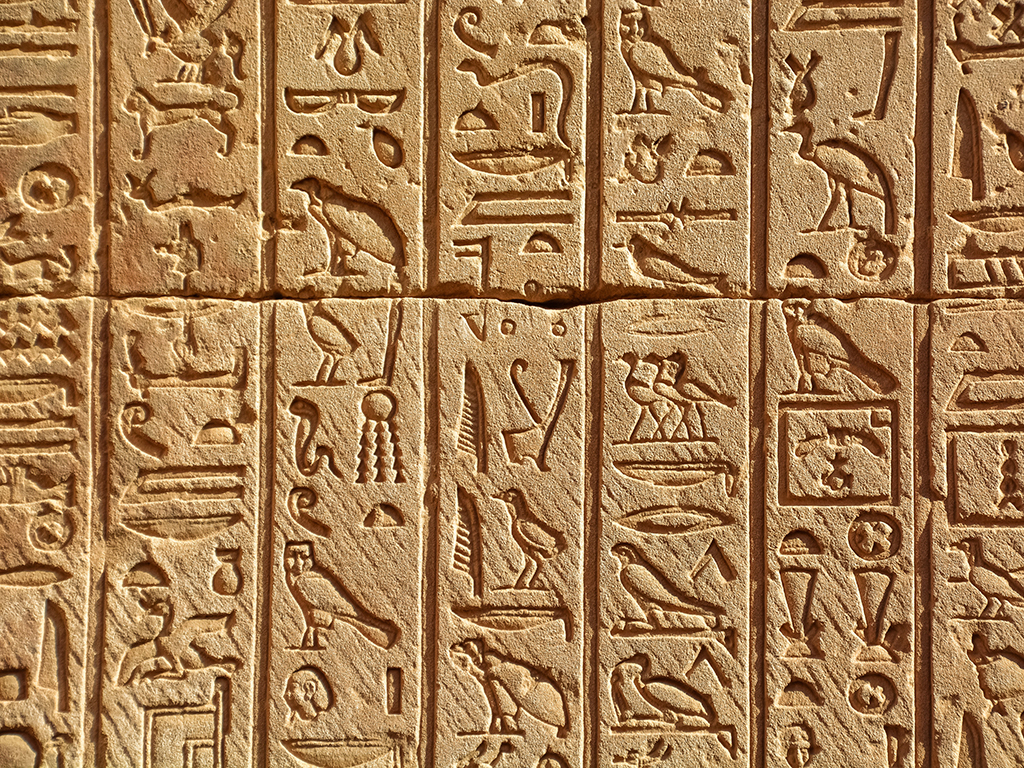
The Fuente Magna Bowl was discovered by Lake Titicaca which is situated between the Central American countries of Peru and Bolivia. The bowl is believed to contain ancient Sumerian writing that has the power to challenge everything historians believed to be true about the region’s history.
The Grauballe Man
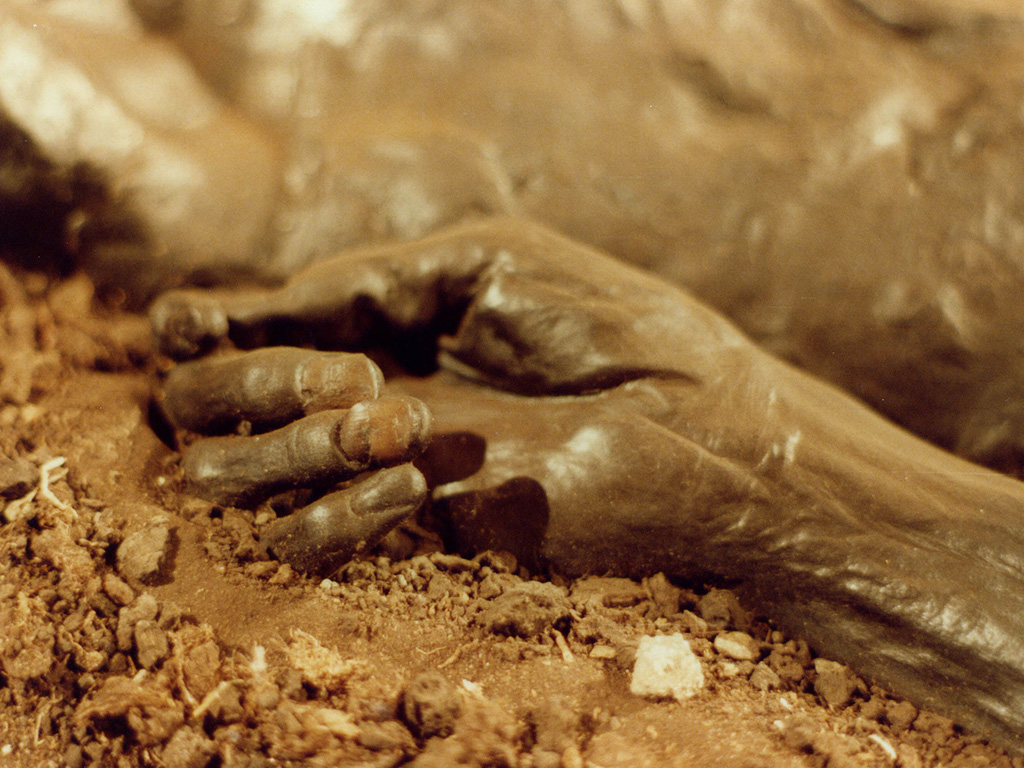
In 1952, the Grauballe Man was discovered. It is the body of a man from the late 3rd century BC that was discovered in Jutland, Denmark. Analysis shows that he had gotten his throat slashed some time during the Germanic Iron Age, and researched done on the body may be able to tell us more about primitive human history.
The Antikythera Mechanism

The Antikythera mechanism was built by ancient Greek scientists around 100 B.C.E. to accurately predict when an eclipse would occur. This proved to historians that the Greeks from long ago were total pros when it came to astronomy.
Ancient DNA Helped Define Us Today
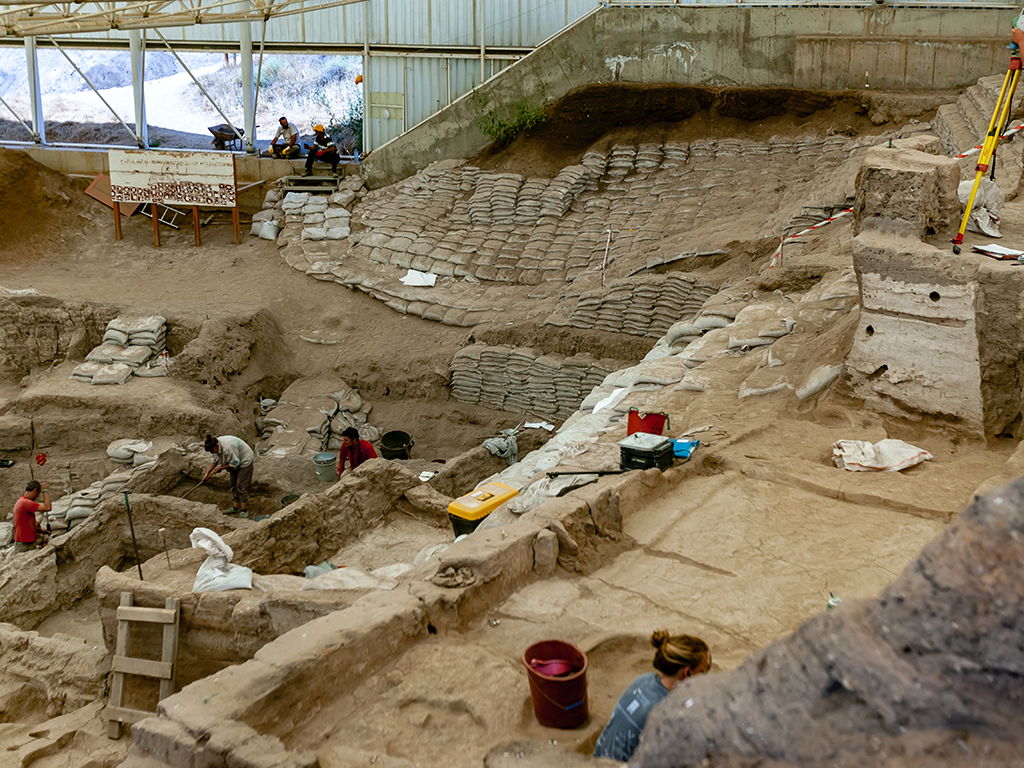
In 2010, scientists sequenced what’s considered to be the first ancient human genome and they discovered that modern humans and Neanderthals did have intimate relations despite the fact that the lineage between both species split about 800,000 years ago. This explains why some people still contain neanderthal DNA in their genomes to this day.
A 1,000-Year-Old Medicine Pouch

This 1,000-year-old medicine pouch was found in Cueva del Chileno in southwestern Bolivia. It’s believed to have been owned by a shaman around 905 to 1170 AD. And it surprisingly contained all the ingredients and tools required to make a hallucinogenic tea called Ayahuasca.
Old Burial Plots Linked to Pyramids

For years, people assumed that the pyramids were built by slaves. But in 1990, several burial plots were discovered which suggest that it was skilled laborers who built them. This was evident as the tombs indicate that the workers received bread and beer to consume in the afterlife, which is an honor that a slave would have not typically received. Also, the tombs were close to the pyramids, which meant the workers were highly esteemed by the Egyptians.
Neanderthals Made Incredible Art

Most people assume that Neanderthals had a very limited mental capacity, but painted shells discovered in Italy were discovered to have come from a time before homo-sapiens stepped foot in Europe. This suggests that Neanderthals had a talent for art and might have possibly collected art, too.
Mummified Children Were Left on a Mountain
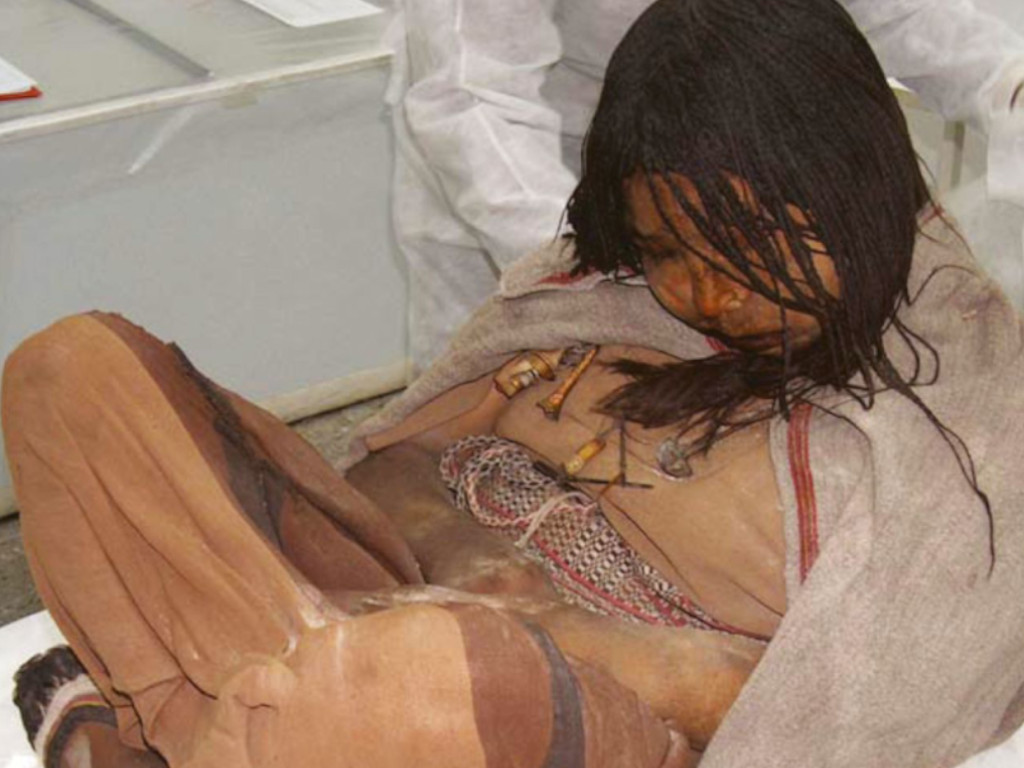
Three mummified remains of children aged 4, 5, and 13 were discovered in 1999 in Argentina. Forensic analysis showed that they had consumed maize beer and coca leaf and then were left alone on the mountaintop to pass away. Archaeologists believe that this may also be how the ancient Incas performed human sacrifices.
Ancient Scrolls Reveal What Happened to the Library of Alexandria
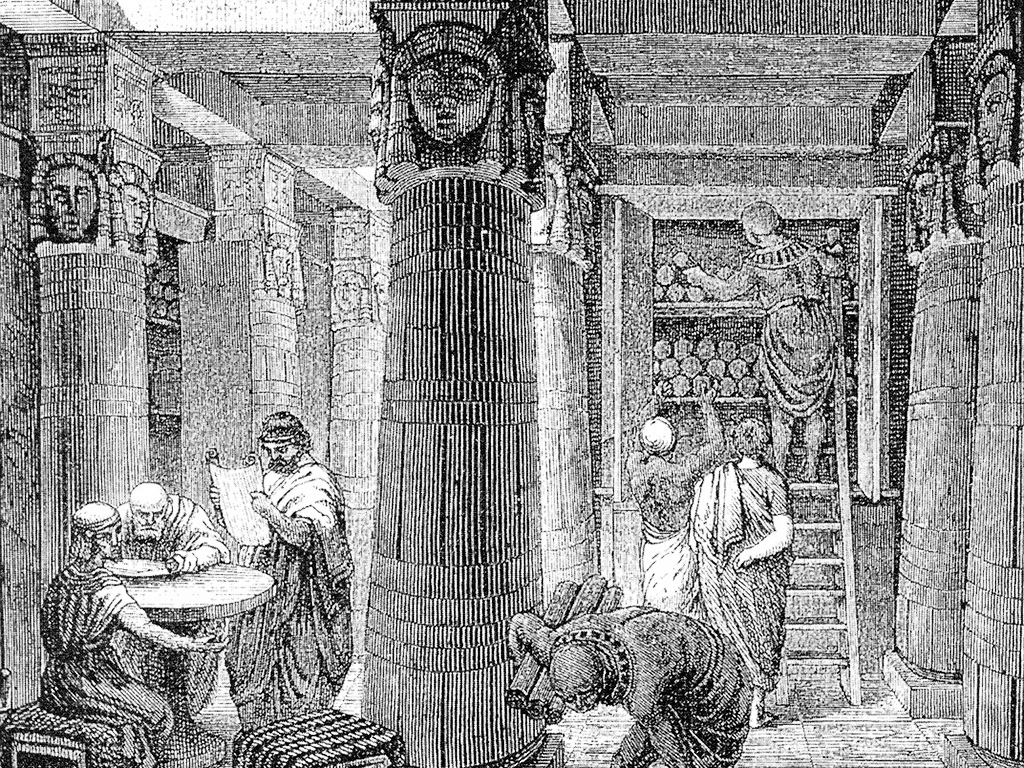
The Royal Library of Alexandria was considered one of the most important scholarly institutions of its time as it contained texts and scrolls from some of the greatest scholars of those times. But people believed the library was destroyed in a fire when Julius Caesar’s army attacked Egypt. However, a series of scrolls were discovered that indicate the government shut down the library as a result of budget cuts. The structure fell into a state of disarray and was likely destroyed around the year 642.
Ancient Humans Buried Their Dead, Too
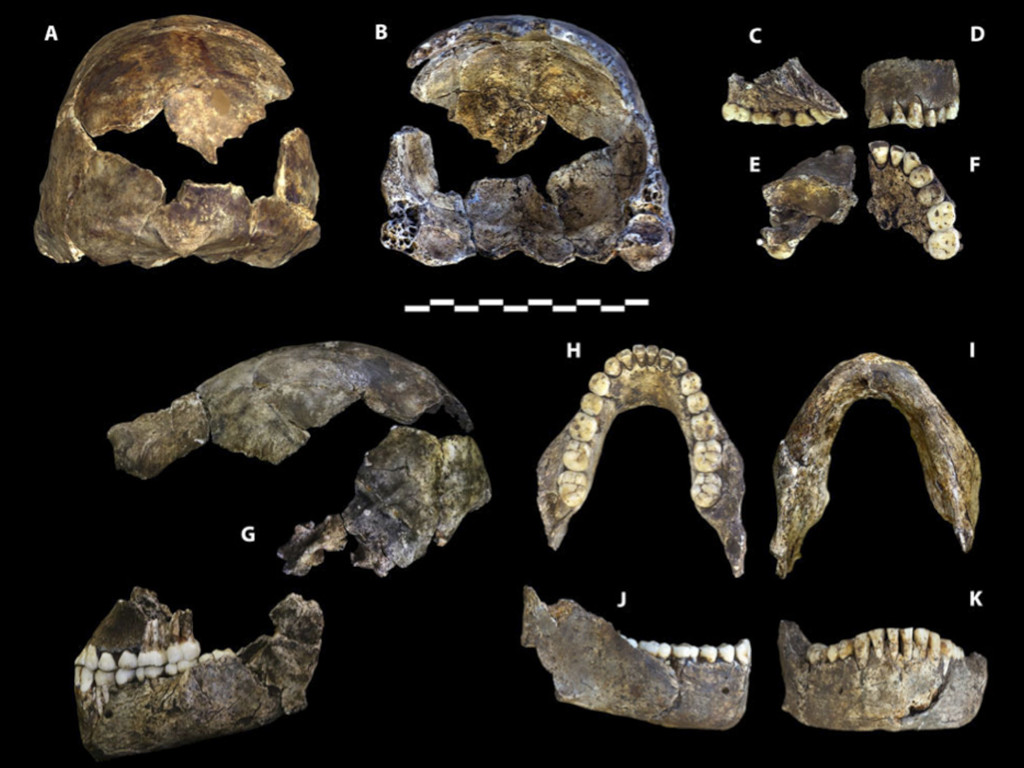
Most people believe that burying the dead was a custom adopted by modern humans. But archaeologists discovered over 1,500 different fossils of a hominid in South Africa, which indicates that early humans did in fact bury their dead, similar to how it is done today.
Wildcat Remains Were Discovered in China
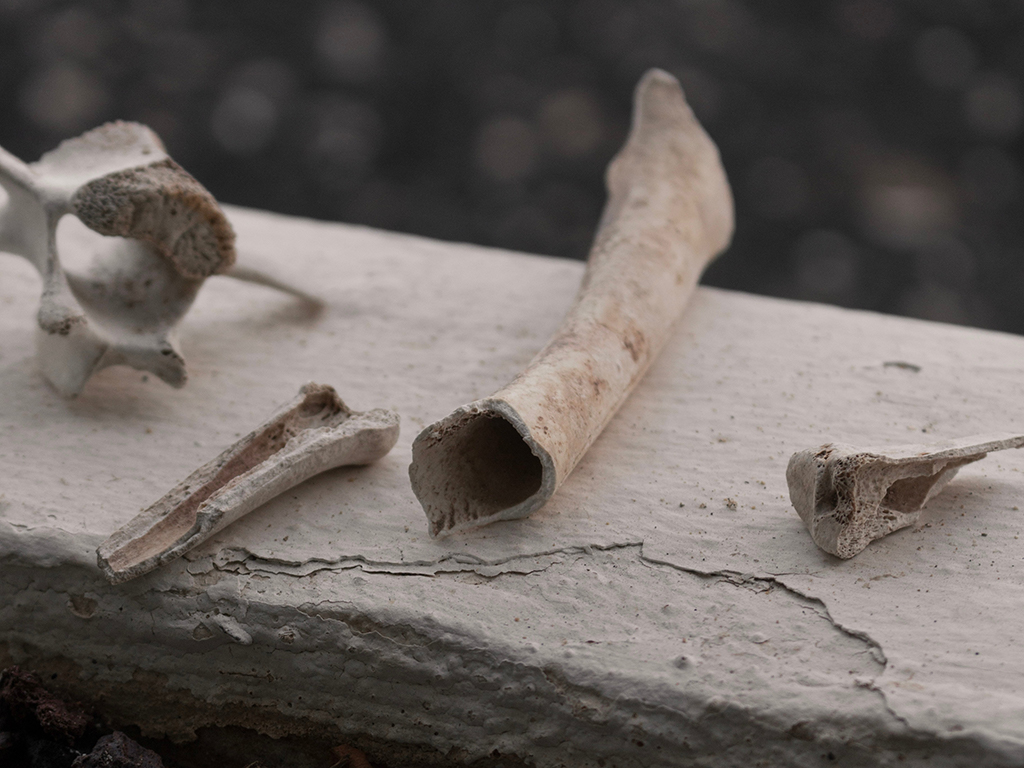
For decades, researchers have wondered how cats were domesticated. Some believed that domestic cats started out in ancient Egypt as they appeared in artwork dating back as far as 4,000 years ago. But wildcat remains discovered in China suggest that these felines were brought in by farmers to keep the rodent population down. Eventually, these cats and humans developed a bond about 5,300 years ago.
African Coins Change How We Know Australia Was Discovered
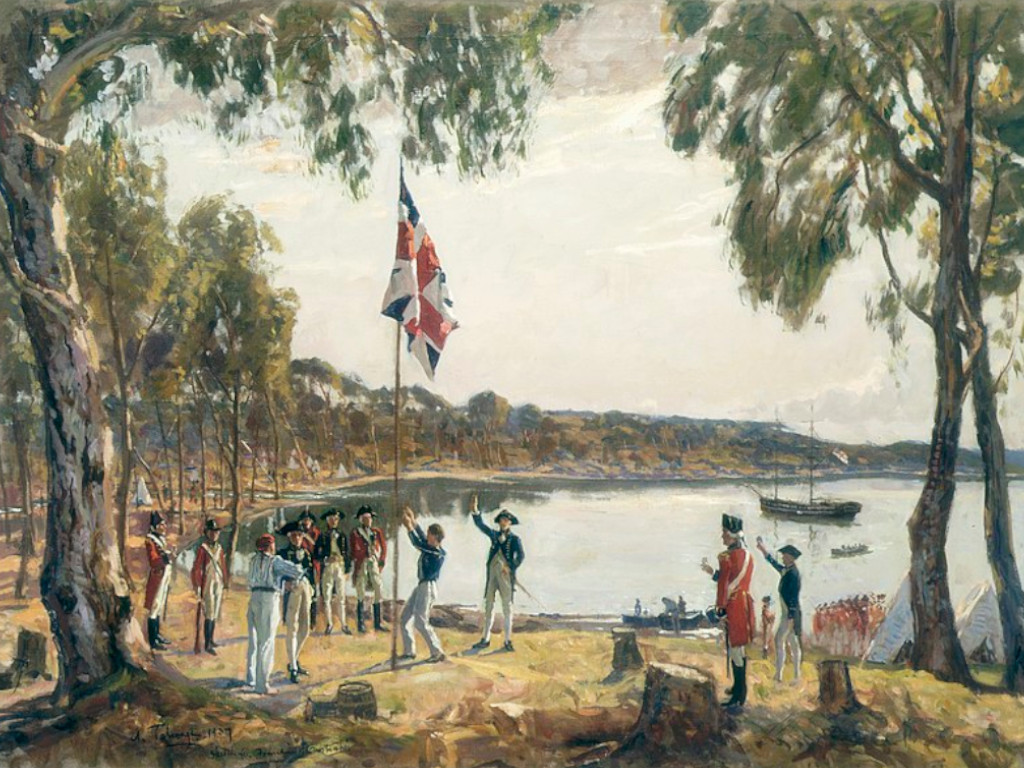
Historians believed that James Cook discovered Australia in 1770, but five African coins were discovered in the Northern Territory of Australia that were over 900 years old. Archaeologists also discovered cave drawings and coins from other places such as Europe, China and India, which suggests that Australia had been discovered centuries before Cook landed in the land down under.
We Stole Tools From Neanderthals

Archaeologists discovered that Neanderthals used a lissoir, a tool designed to craft leather, at a digging site. This discovery indicated that the tool was used long before homo sapiens appeared in Europe. But surprisingly, the tool is still used in modern times, which indicates that humans stole the concept from the Neanderthals.
A Stone Carving Gave Insight Into Mayans
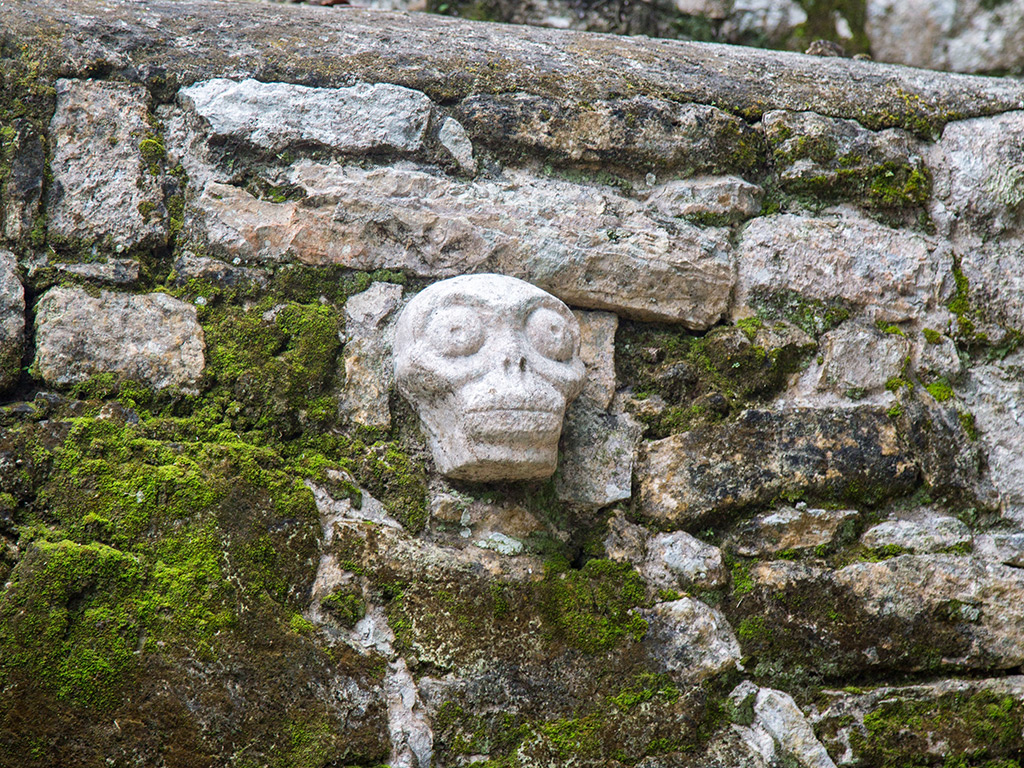
In 2013, an enormous stone carving was discovered in Guatemala. While studying it, archaeologists discovered that the carvings contained information on new gods and the power transfer process from one group of people to another as new rulers took over, similar to governmental transfers of power today.
Ancient Chinese Beer Was Tapped

In 2016, archaeologists discovered equipment designed to make beer in the Shaanxi Province of China. Research analysis indicated that the tools were from about 3400 to 2900 BC. Research also found traces of ancient beer ingredients like lily and barley.
Dogs Were Man’s Best Friend 7,000 Years Ago
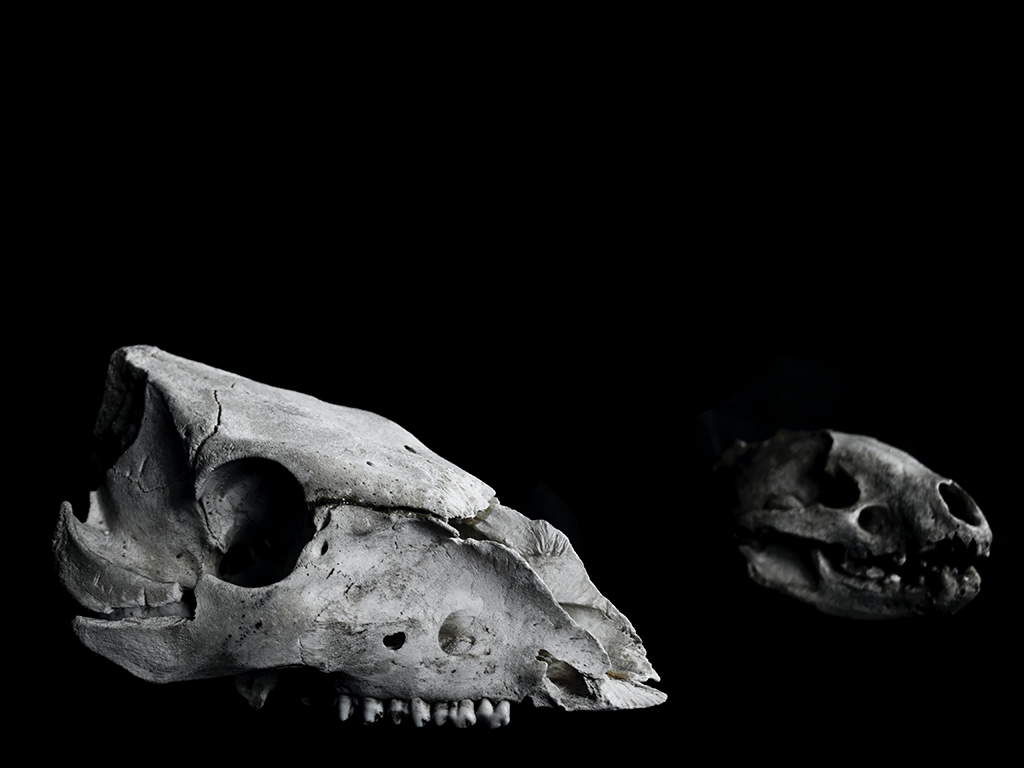
Archaeologist David Jacques discovered a dog’s tooth that belonged to a canine approximately 7,000 years ago. It was found in Blick Mead in a region called Vale of York. The dog was likely a friend to a Mesolithic hunter-gatherer who helped with hunting and gathering.
Tut’s Extraterrestrial Dagger
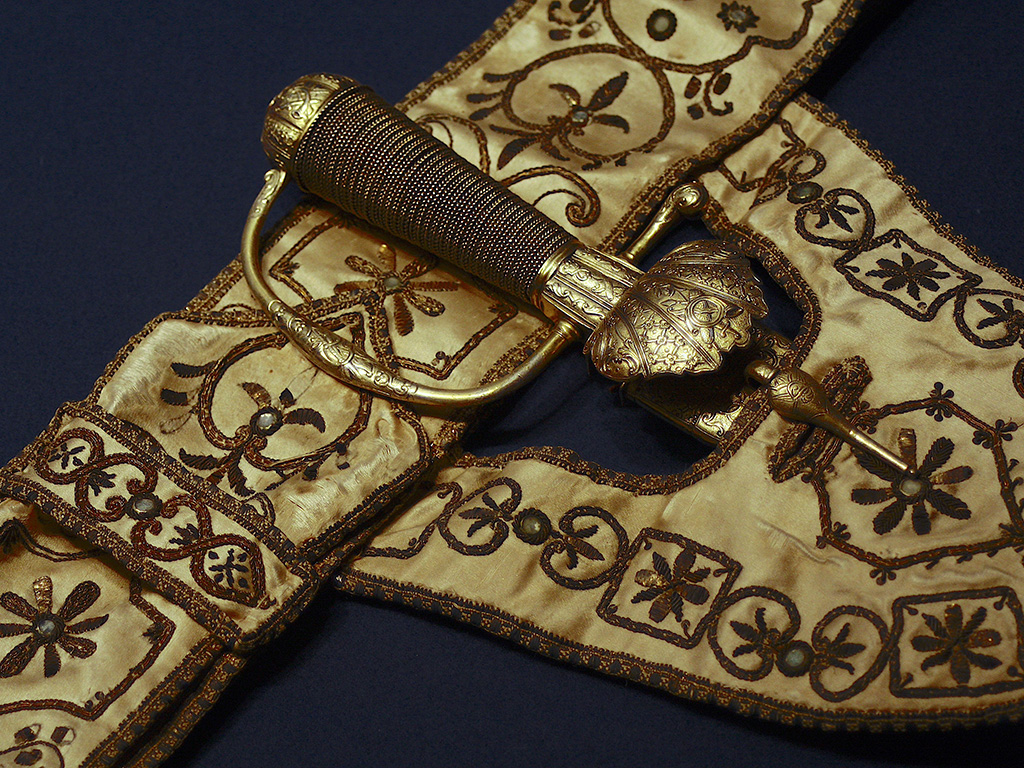
In 2016, scientists used an X-ray fluorescent spectrometer on a dagger discovered in King Tutankhamun’s tomb way back in 1922. For decades the dagger had left scientists confused because it contained iron, which was rare because Egyptians rarely did anything with iron 3,300 years ago. Also, the dagger hadn’t rusted in thousands of years. But the analysis indicated that the dagger was made out of cobalt and nickel which came from a meteorite that had fallen to Earth.
An Ancient HPV Virus
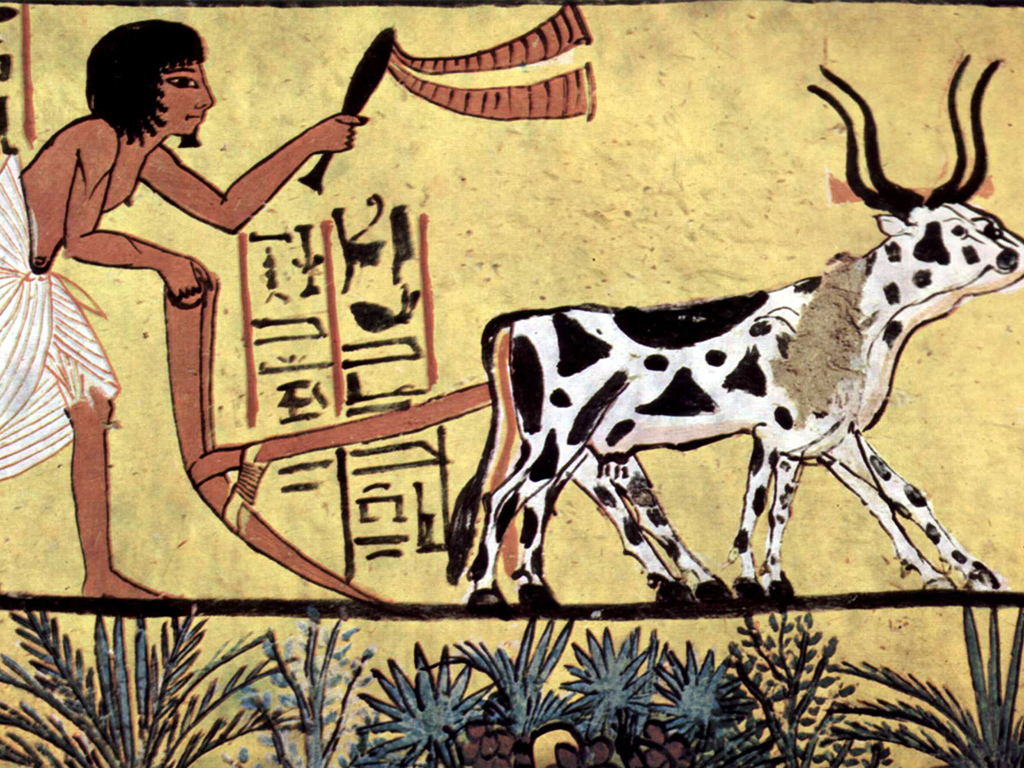
While mapping the human genome, scientists discovered humans contain about 4 percent DNA from Neanderthals. And upon further analysis they discovered HPV16, which is an ancient form of HPV. When humans migrated to Asia and Europe and mated with Neanderthals, they caught the strain.
Japan and Europe Developed Cannabis Use

It’s common knowledge that ancient China was the first region that cultivated and developed the cannabis crop approximately 10,000 years ago. But according to the Free University of Berlin, their data related to cannabis indicates that Japan and Eastern Europe cultivated and used cannabis at about the same time that China did.
The Oldest Petroglyphs in North America
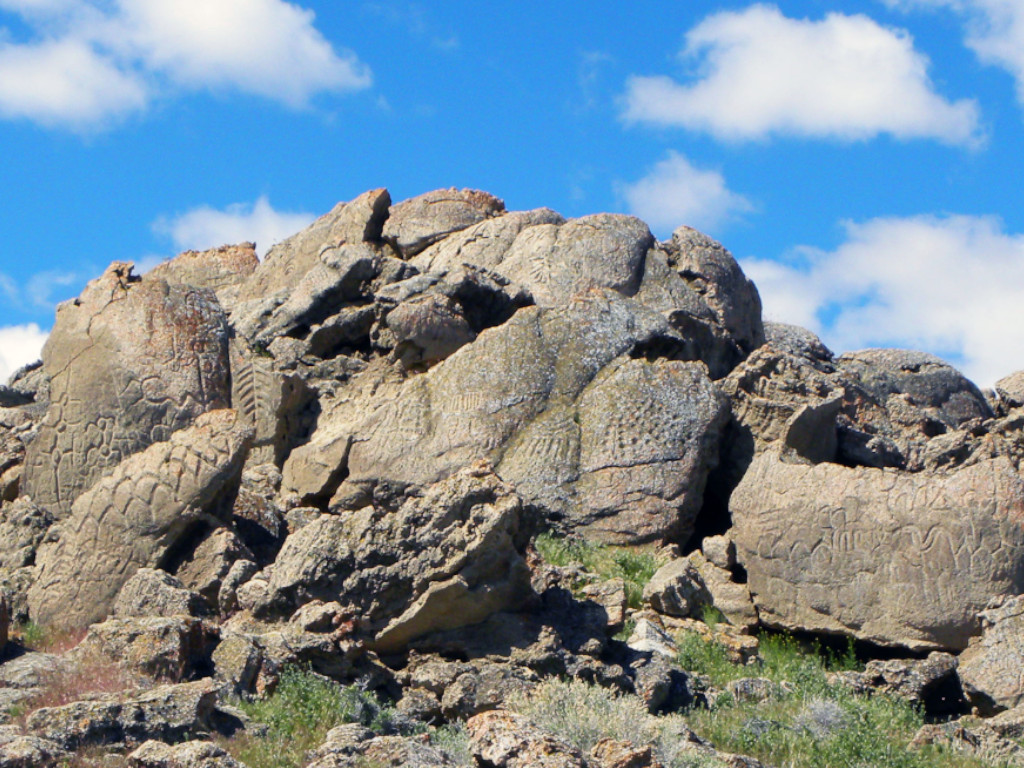
According to archaeologists, Winnemucca Lake in the state of Nevada is home to the oldest petroglyphs in all of North America. Research suggests that the carvings may have been done anywhere from 10,500 to 14,800 years ago.
The Largest Pre-Columbian City in North America is a Mystery
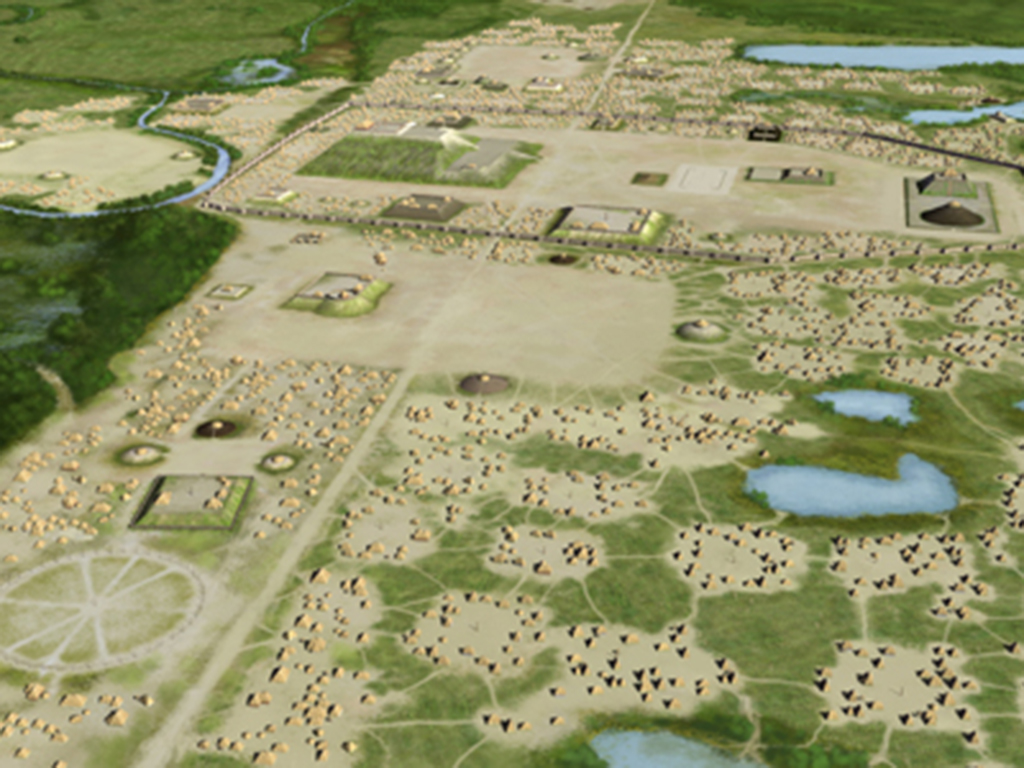
Cahokia was once the largest city in the pre-Colombian North American continent. It is believed to have had a population of 15,000 people who were farmers. But despite extensive research, scientists have no idea what caused this powerful civilization to vanish.
Maine Penny Beat Columbus
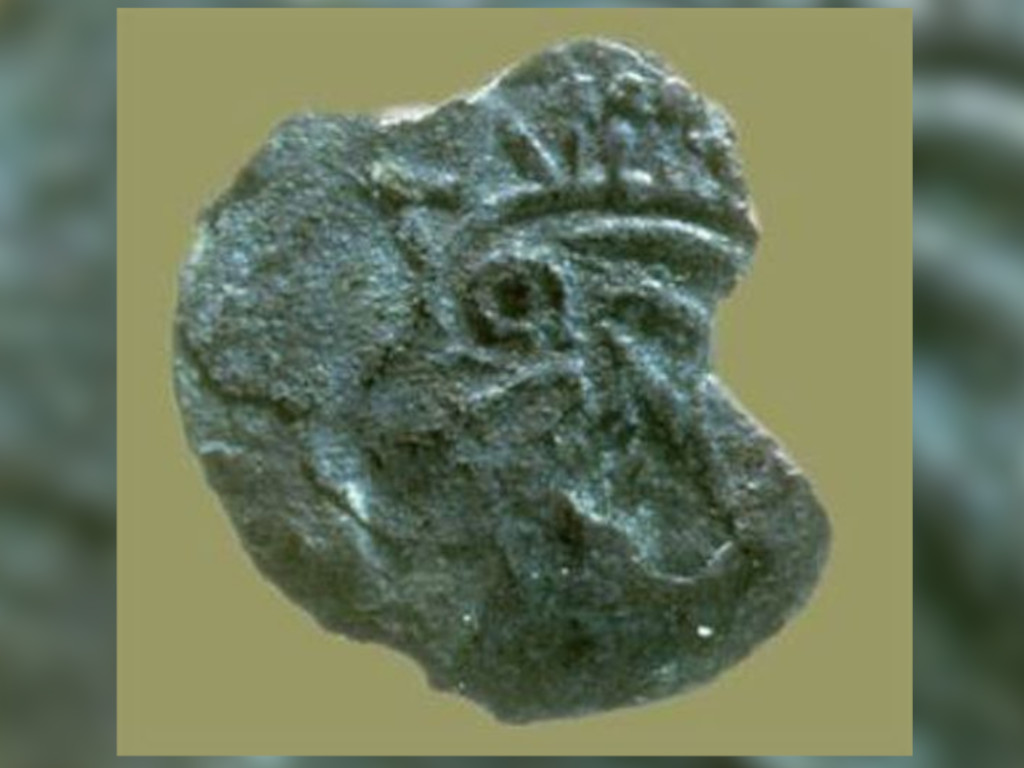
In 1957, an excavation team was digging around the site of a Native American settlement when they found a Norse artifact called a Maine Penny. Researchers aren’t sure how a Viking coin appeared in North American during the 12th century, which was centuries before Columbus discovered America, but they do believe that the coin was made between 1065 and 1080.
Dighton Rock Hasn't Yet Been Deciphered
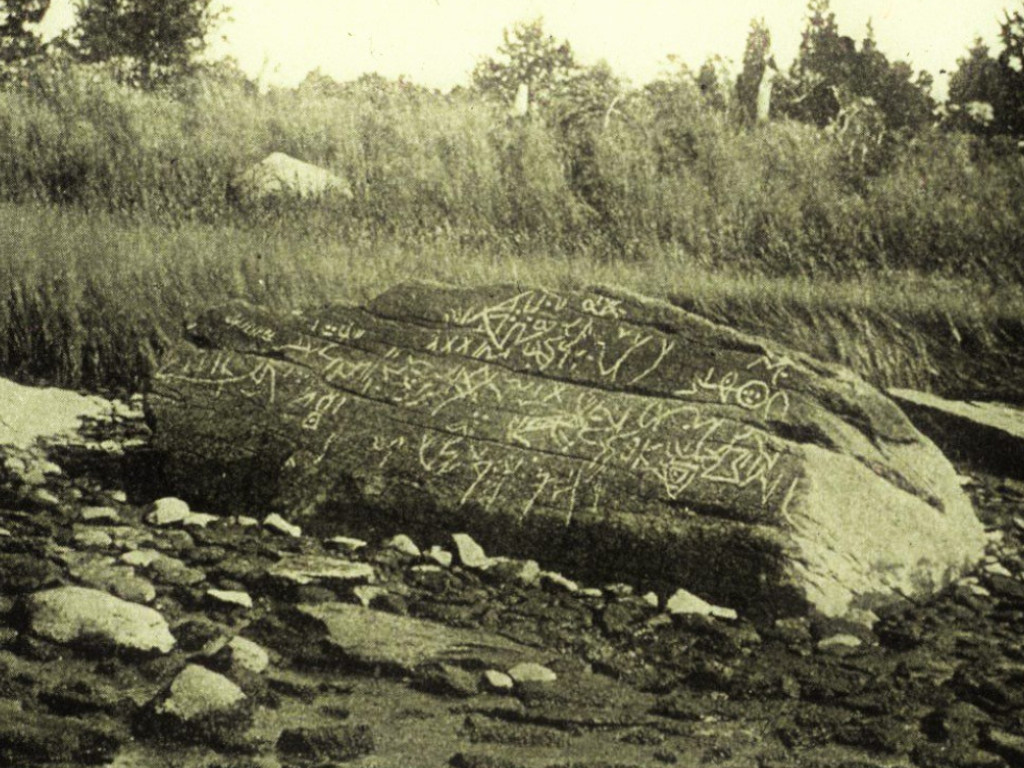
Dighton Rock is a massive boulder that weights about 40 tons. It was discovered in the Taunton River in the state of Massachusetts and it contained markings that researchers haven’t been able to decipher. Analysis indicates that the markings may have Native American, Chinese, or Norse origins, but scientists haven’t been able to confirm this.
The Oldest Writing by Humans

The Tartaria Tablets were discovered way back in the 1960s. And they are said to be from 5,300 BC. But the symbols on the tablets have puzzled scientists, some of whom believe that the writing is evidence of the oldest symbols made by humans. If that’s the case, these tablets would indicate that the cradle of civilization didn’t originate in the Middle East, but rather Eastern Europe.
An Ancient Fast Food Restaurant
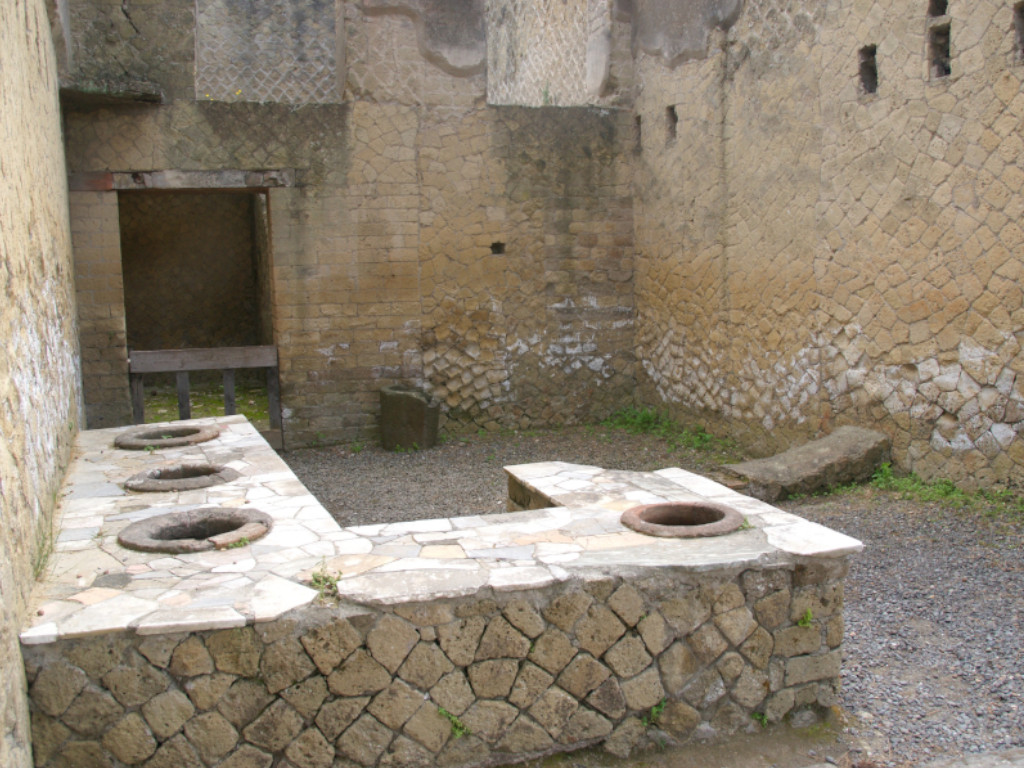
While many of us believe that fast food started back in the 1940s when McDonald’s first opened, archaeologists state that the concept started in ancient Greece, when food stations were placed in the market for workers and slaves. Each stand was intended for one particular dish that an individual could simply pick up and go on their way with.
The Shroud of Turin May Be a Hoax
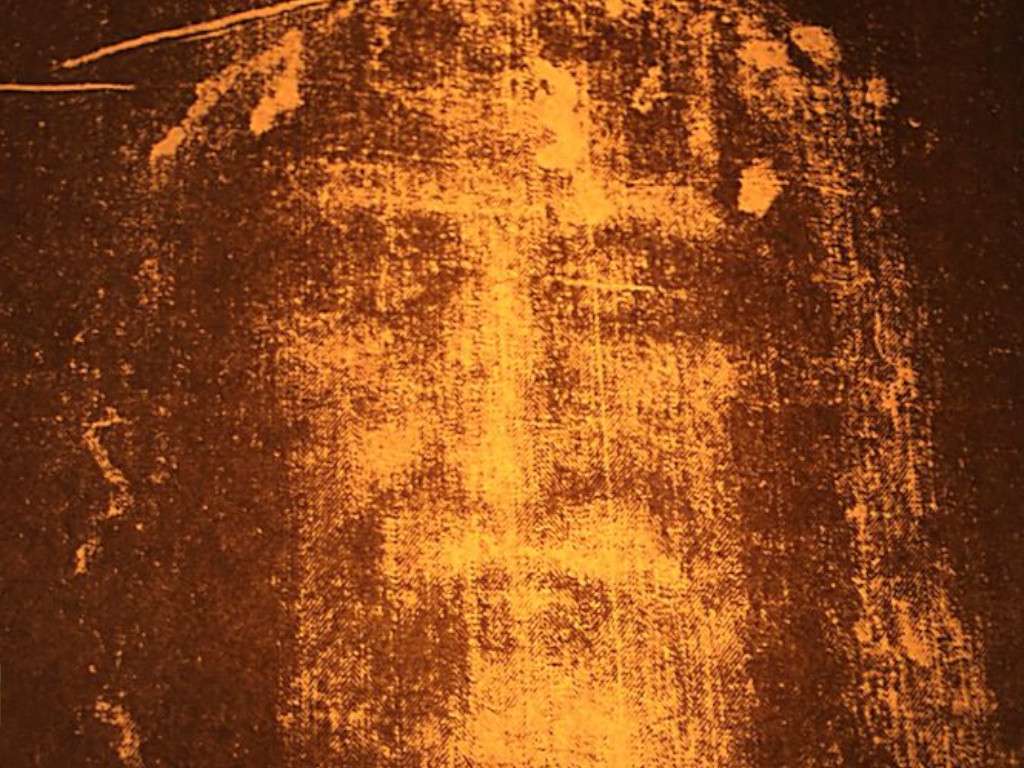
Whether Jesus Christ ever existed is debatable to historians, but according to the archaeologists, the Shroud of Turin is believed to be Jesus Christ’s burial shroud. The cloth still contains traces of blood as well as a fuzzy imprint of a human body. But radiocarbon dating analysis suggests that it may be a medieval hoax created around 1260 AD and 1390 AD.
King Tut’s Death is a Mystery
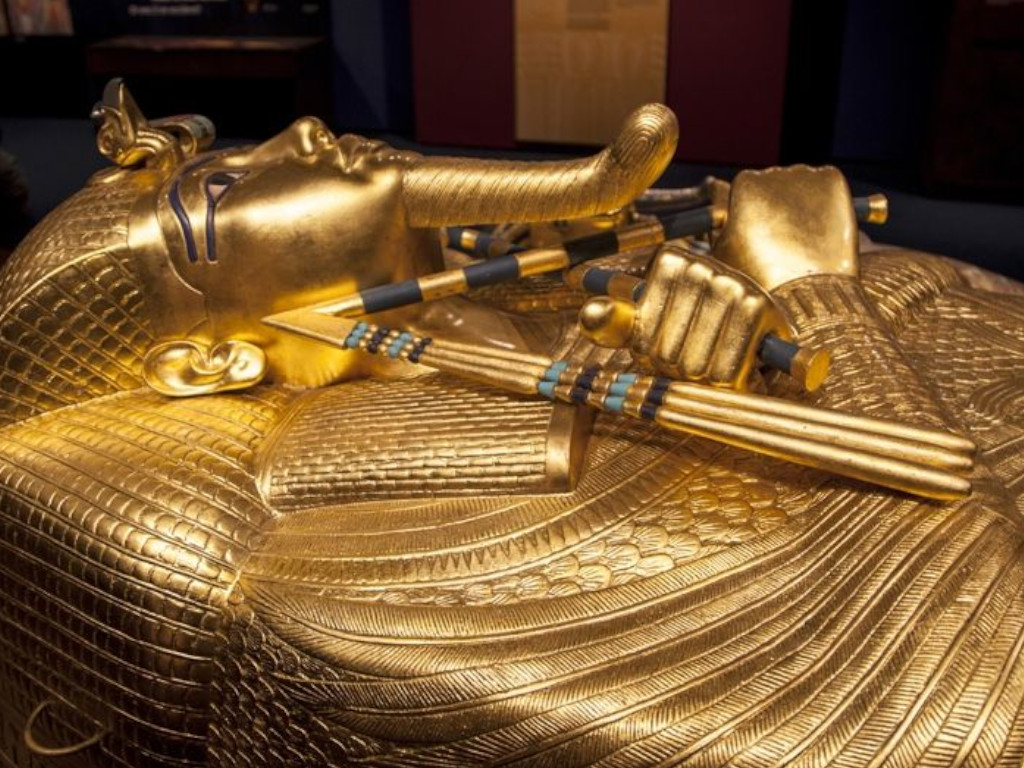
King Tut’s tomb was discovered in 1922 and archaeologists believed that the young king passed away suddenly from an injury or an infection. But that’s difficult to determine given that his body seemingly caught fire after he was mummified. Experts claim it may have been the combination of embalming oils and oxygen reacting together that cooked King Tut’s remains and left historians with an incredible mystery to solve.
Real Life Hobbits Were Found

Most people believe that Hobbits are the result of J. R. R. Tolkien’s literature. But in 2003, scientists discovered the bones of a tiny hominin in Flores, an island in Indonesia. Analysis suggested that this human had a condition called microcephalia where a small head and short height are common symptoms. But they later realized that this hobbit may have been part of a human species of tiny people that have not yet been named.

